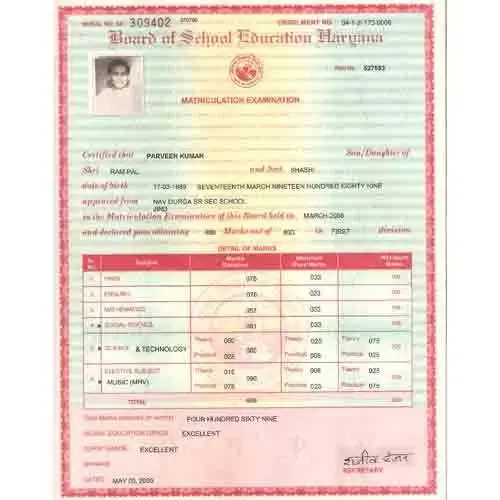
This content was recently updated by Sudhir Singh on March 18, 2025 to improve accuracy.
Introduction
Have you ever needed proof that you completed school? Whether you’re applying for college admissions, government jobs, government scheme or even a passport, your matriculation certificate is a vital document.
This single piece of paper carries significant weight, serving as an official record of your academic foundation. But what exactly is a matriculation certificate, and why is it so important?
Let’s dive in and explore its role in education, career growth, and legal identification.
What is a Matriculation Certificate?
A matriculation certificate is an official document issued upon successful completion of secondary education (Class 10). In many countries, including India, Pakistan, and Bangladesh, this certificate is a student’s first formal academic qualification.
It acts as proof that a student has met the minimum educational requirements needed to move forward in life—whether that means continuing studies or entering the workforce.
This certificate is granted by recognised education boards such as CBSE, ICSE, or state boards in India. It typically includes:
✔ Student’s Name
✔ Date of Birth (important for identity verification)
✔ School Name
✔ Subjects Studied
✔ Grades Obtained
✔ Examination Board Details
Why is the Matriculation Certificate Important?
It proved helpful for education, employment, and bureaucratic processes. Here are some key importance of having one:
1. Proof of Education
Many universities and employers require a matriculation certificate to verify that a candidate has completed secondary education. Even for jobs that do not require a college degree, a Class 10 certificate is often the minimum requirement.
2. Official Date of Birth Proof
Did you know that your matriculation certificate is considered valid proof of age for legal documentation? Many government and private institutions accept it when issuing passports, Aadhaar cards, or voter ID cards.
This makes it one of the most crucial identity documents in a person’s life.
3. Gateway to Higher Studies
Without a Class 10 certificate, students cannot enrol in higher secondary education (Class 11–12), vocational courses, or diploma programs.
It’s the stepping stone to specialised career paths, whether in science, commerce, arts, or technical fields.
4. Essential for Government Jobs
In India, many government job exams—such as railways, defence, and public sector jobs—set Class 10 as the minimum qualification. Without this certificate, one cannot even apply for such positions.
5. Required for Passport and Visa Applications
Planning to go abroad? Most embassies and visa offices accept matriculation certificates as proof of age and education. If there’s a discrepancy in your birth certificate, this document can act as secondary proof.
How to Apply for a Matriculation Certificate?
If you are in Class 10, your matriculation certificate will be issued automatically by your education board after you pass your exams. However, if you need to request one, follow these steps:
🔹 Step 1: Contact your school or education board.
🔹 Step 2: Fill out an application form for a duplicate certificate (if needed).
🔹 Step 3: Provide identity proof and supporting documents.
🔹 Step 4: Pay the applicable fees.
🔹 Step 5: Collect your certificate or get it delivered.
For CBSE, ICSE, and other education boards, these requests can now be processed online through their official websites.
How to Obtain a Duplicate Matriculation Certificate?
Lost your original matriculation certificate? Don’t panic! Here’s what you need to do:
🔹 Step 1: Visit your respective education board’s website.
🔹 Step 2: Fill out an application for a duplicate certificate.
🔹 Step 3: Provide identity proof and supporting documents (FIR in case of loss).
🔹 Step 4: Pay the applicable fees and submit the request.
🔹 Step 5: Receive your duplicate certificate via post or collect it from the board office.
Most education boards in India, such as CBSE and ICSE, have made this process easy and available online.
Common Mistakes to Avoid When Handling Your Matriculation Certificate
Many people face unnecessary trouble due to small mistakes related to their matriculation certificate. Here are a few common errors to avoid:
- Not checking for errors in personal details: Ensure your name, date of birth, and other details are correct. Incorrect information can create issues later.
- Misplacing the original certificate: Always keep it in a safe place, and store a scanned copy for emergencies.
- Not getting it attested when required: Some government and international authorities require attested copies for official purposes.
- Ignoring minor discrepancies: Even small mistakes in spelling or birth date can cause legal issues later. Get them corrected immediately.
Common FAQs About the Matriculation Certificate
🔹 Is the matriculation certificate the same as a school leaving certificate?
✦ No. A school leaving certificate is issued by the school, whereas a matriculation certificate is issued by the education board after passing Class 10.
🔹 Can I use my matriculation certificate as proof of age?
✦ Yes! It is widely accepted for issuing passports, Aadhaar cards, and voter IDs.
🔹 How long does it take to get a duplicate certificate?
✦ The process usually takes 2 to 4 weeks, depending on the board.
🔹 Can I get my matriculation certificate attested?
✦ Yes, attestation is often required for foreign university admissions or visa applications.
🔹 Is a digital copy valid?
✦ Many institutions now accept digital copies, but it’s always best to have a hard copy for official purposes.
Final Thoughts: Why You Should Safeguard Your Matriculation Certificate
Your matriculation certificate is more than just a document. It’s a key to higher education, employment, legal identity, and government benefits. Losing it can cause unnecessary stress, so keeping multiple copies (both digital and physical) is always a good idea.
So, have you checked where your matriculation certificate is stored? If not, maybe it’s time to secure it today!


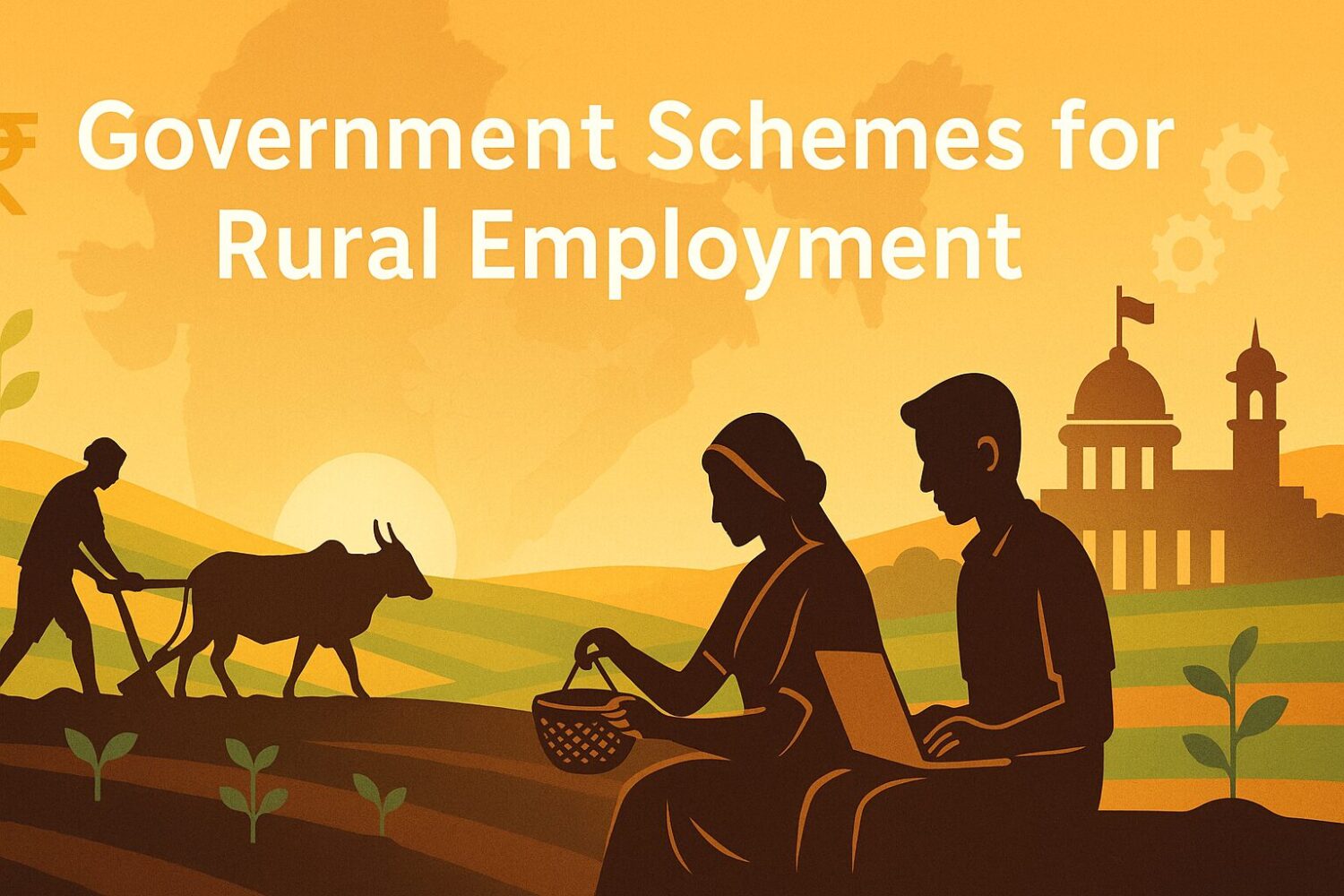
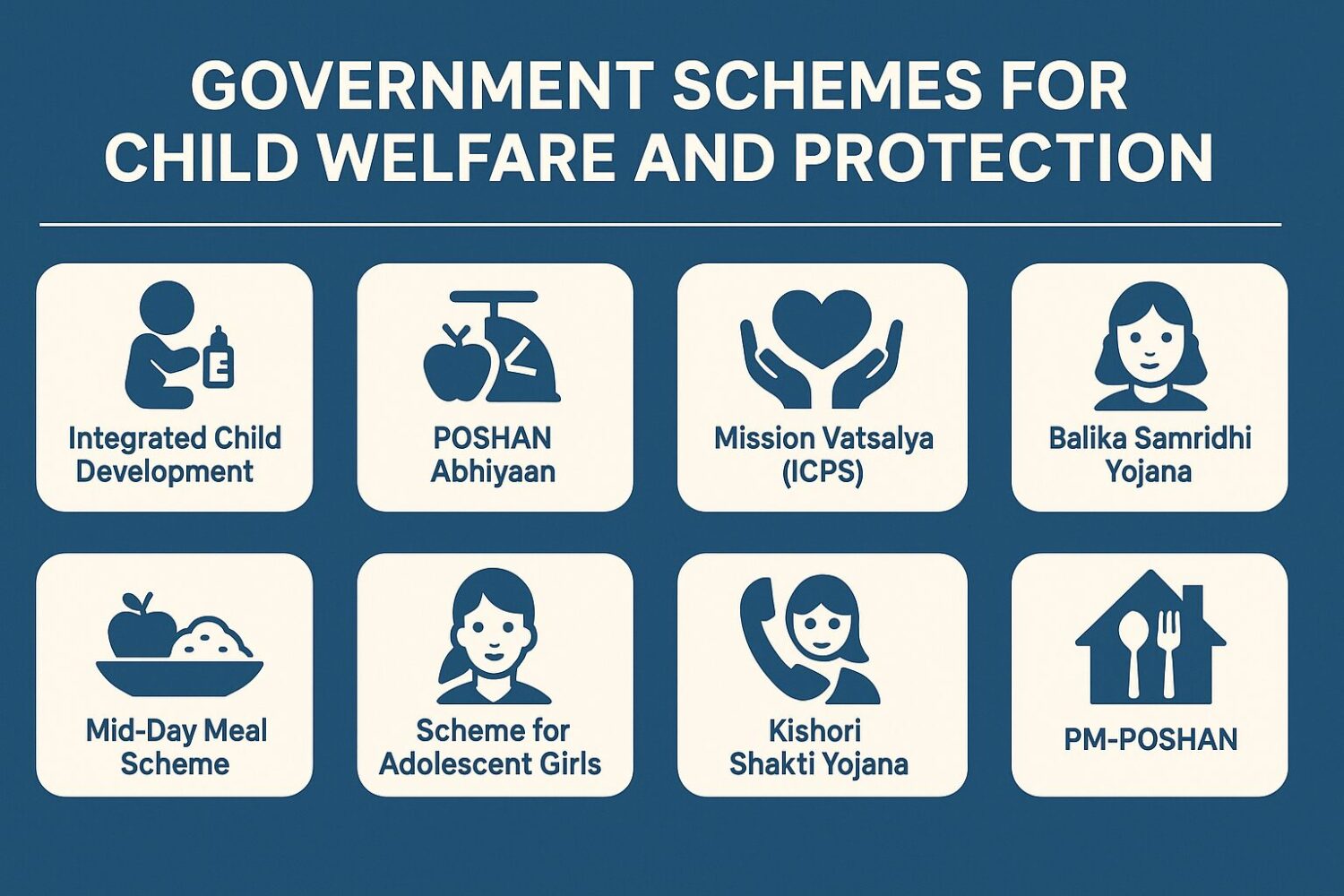
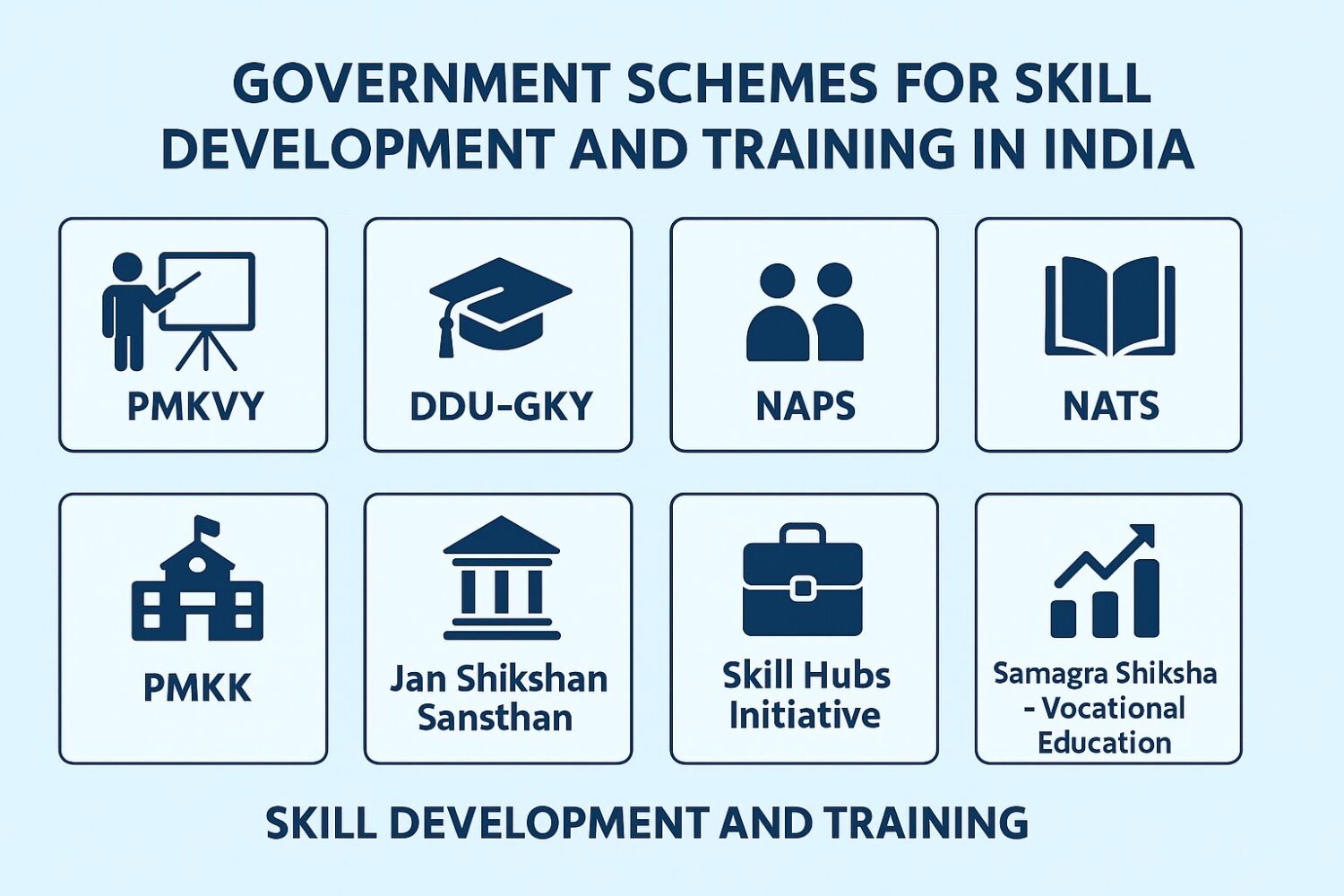
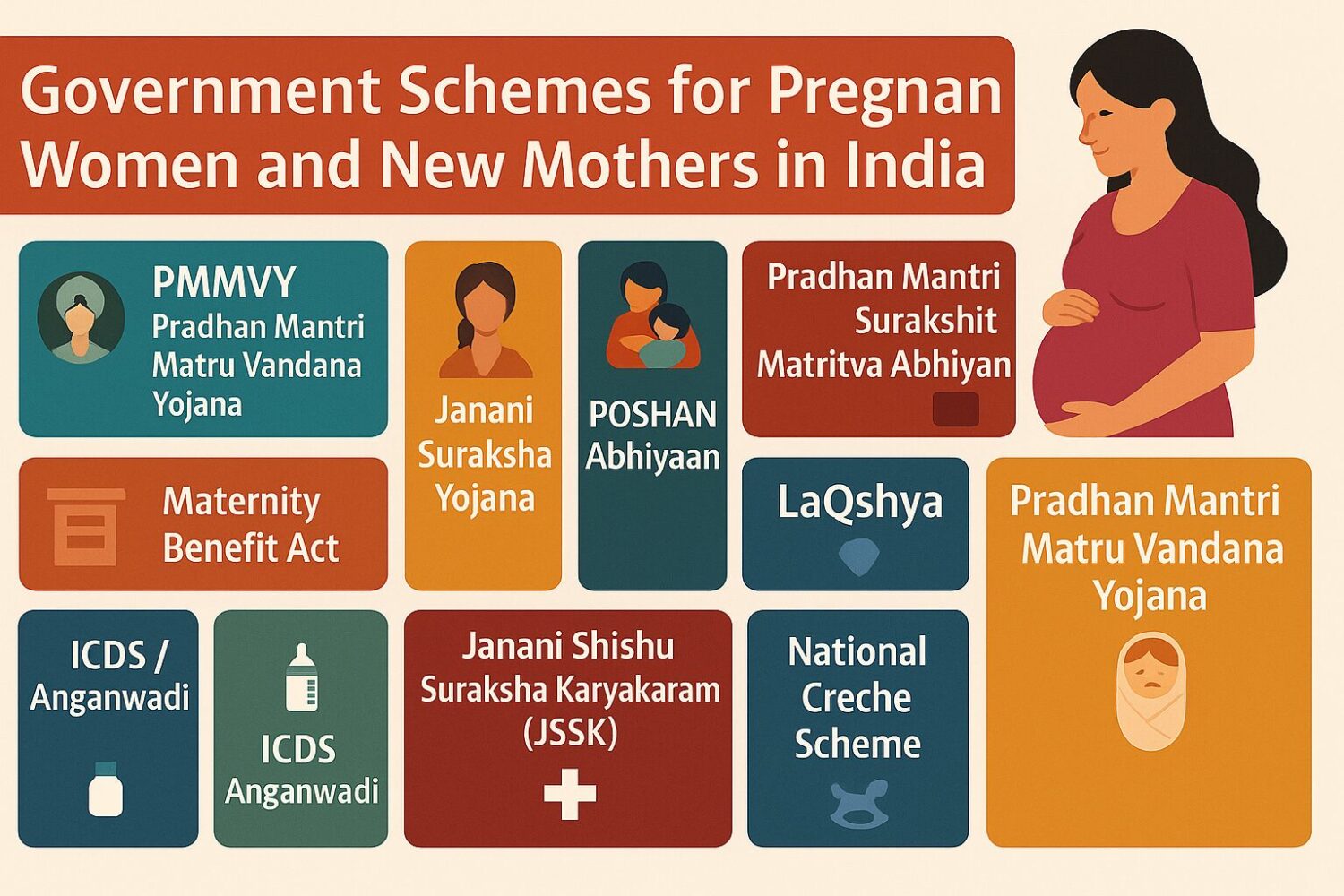
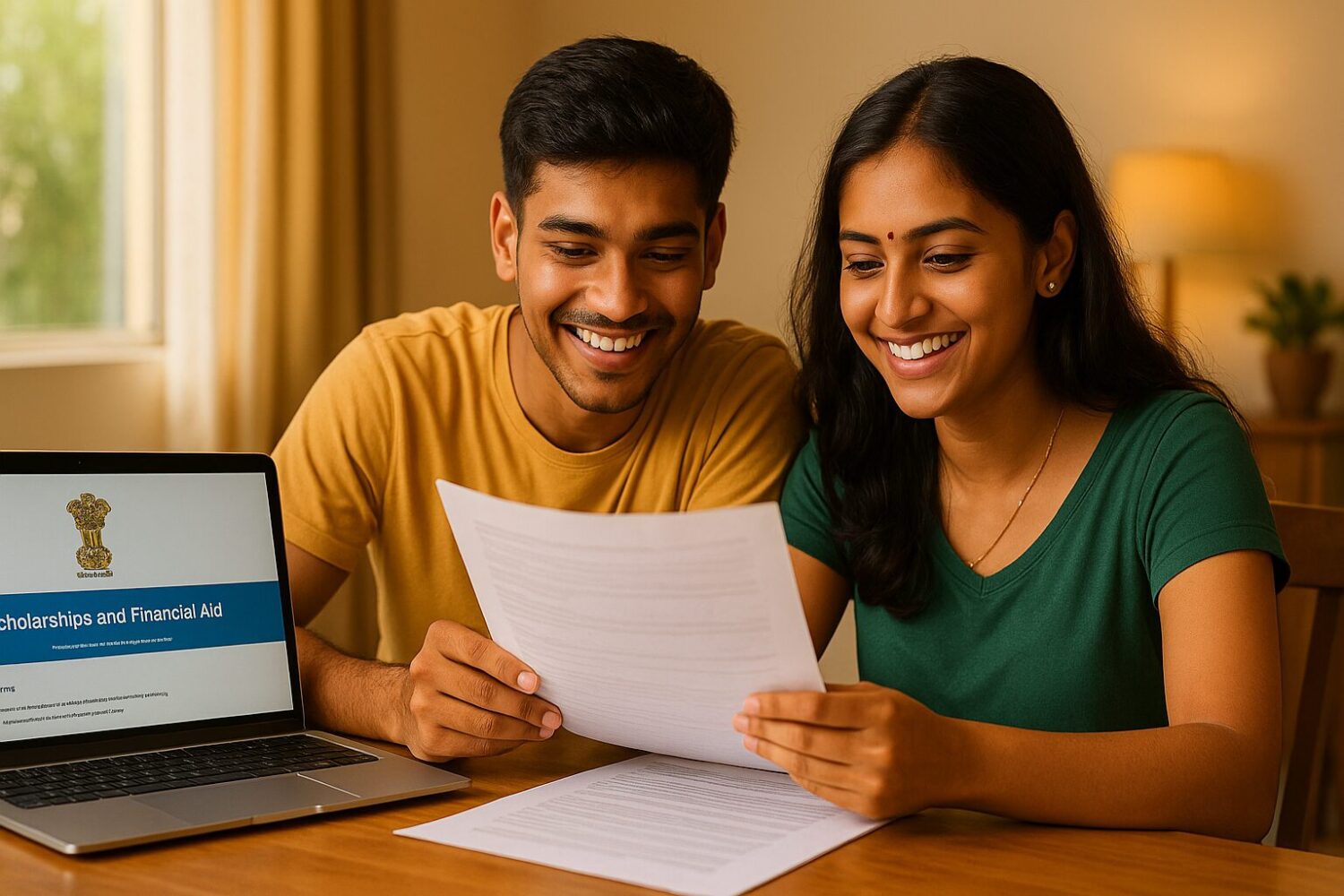


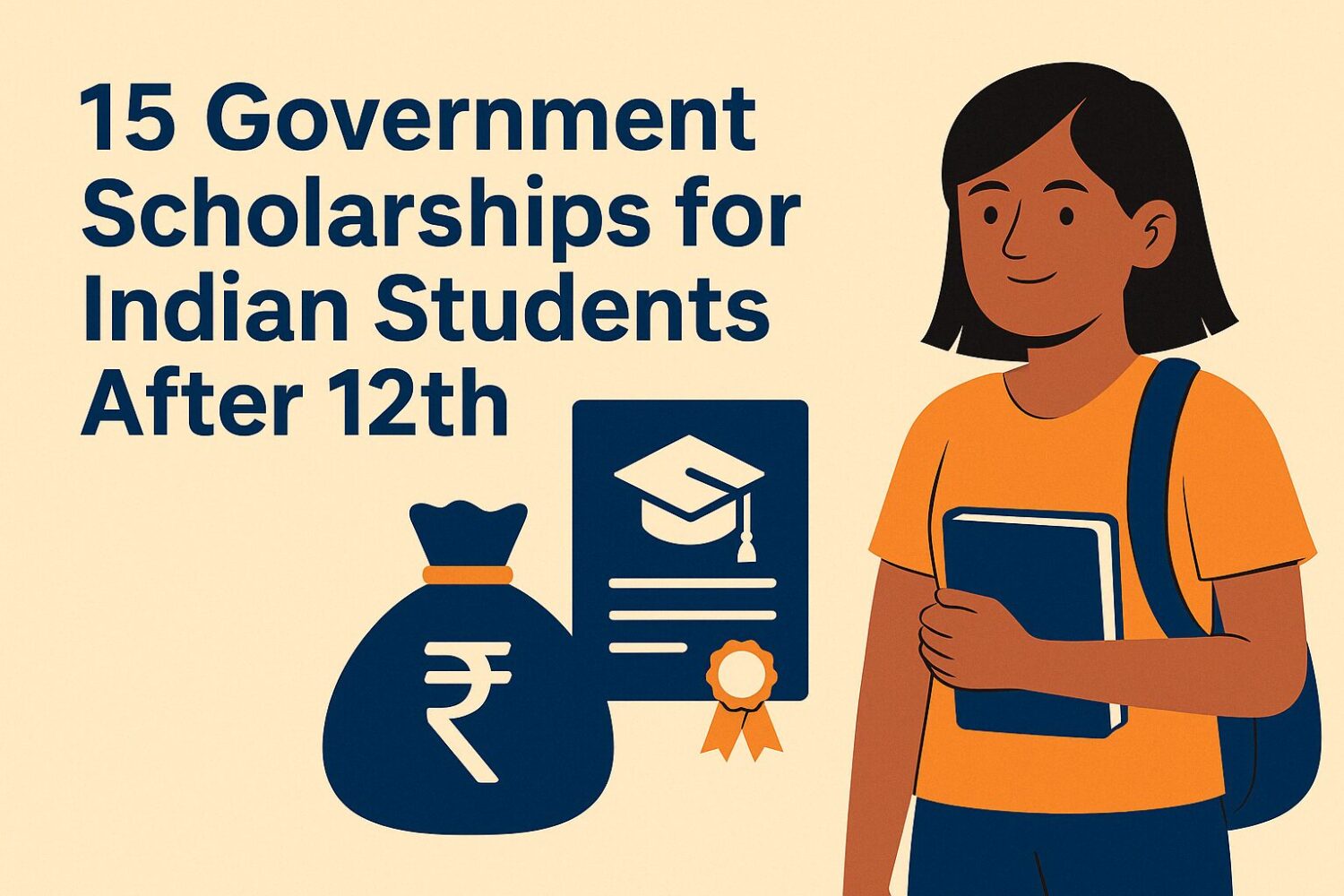

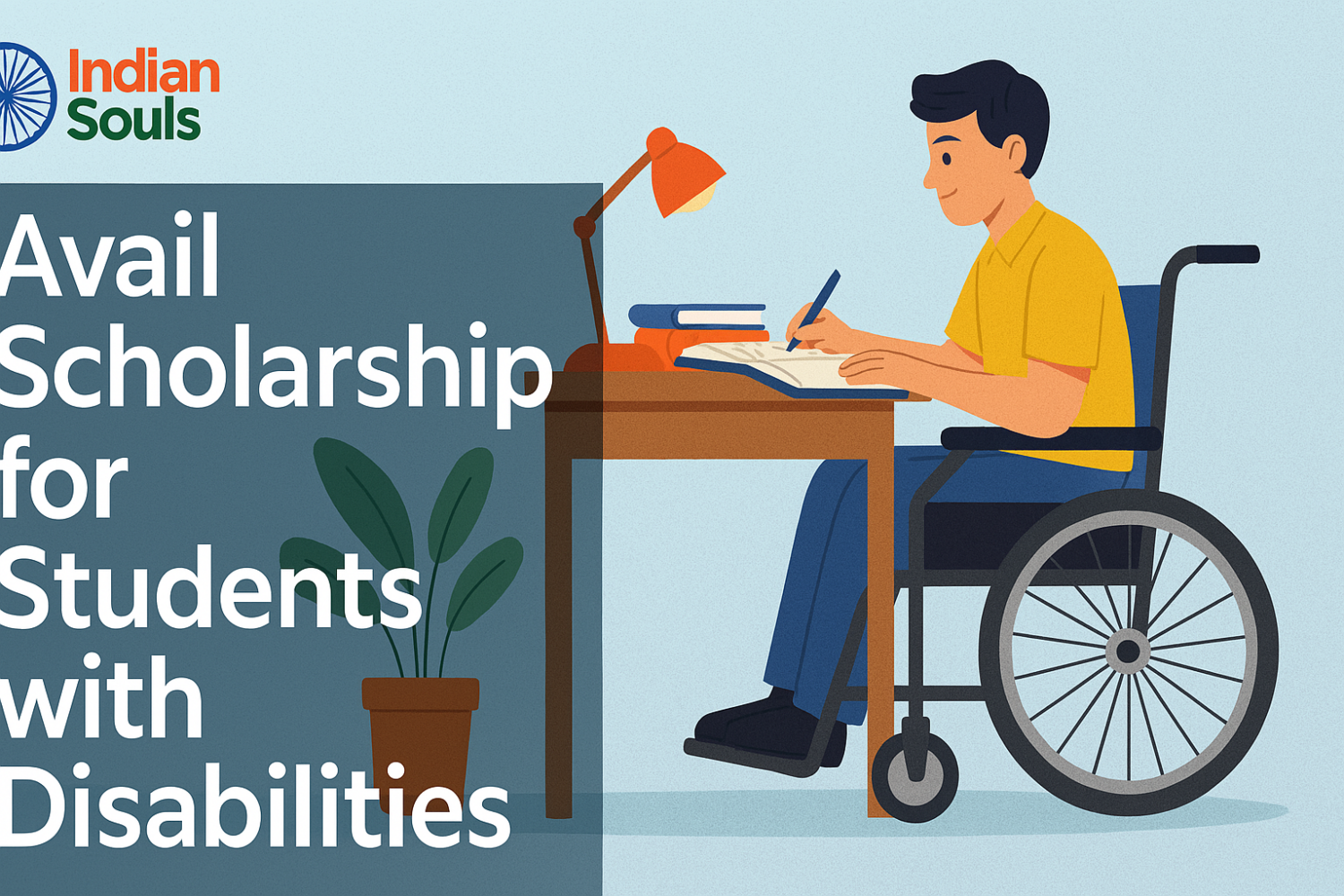
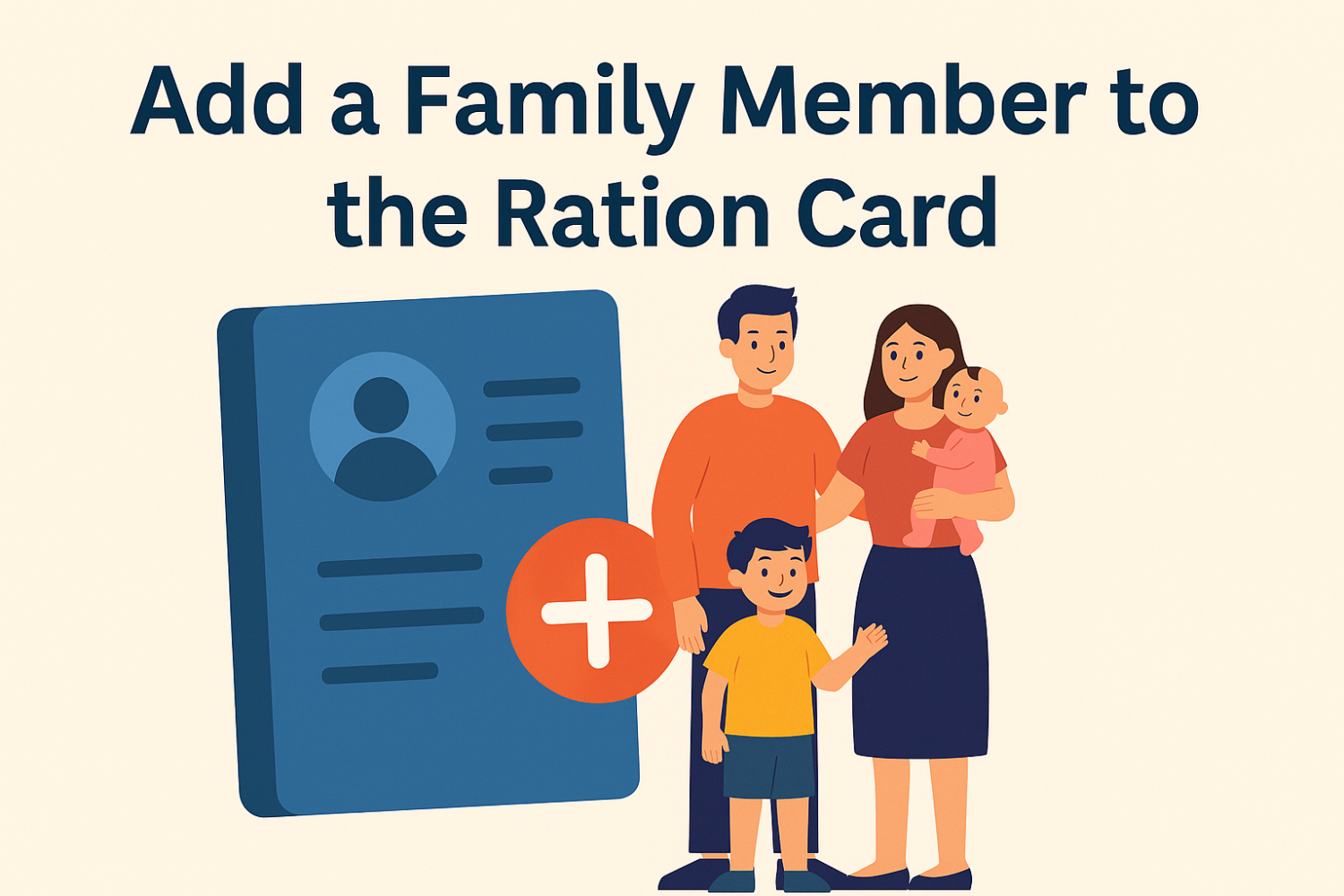
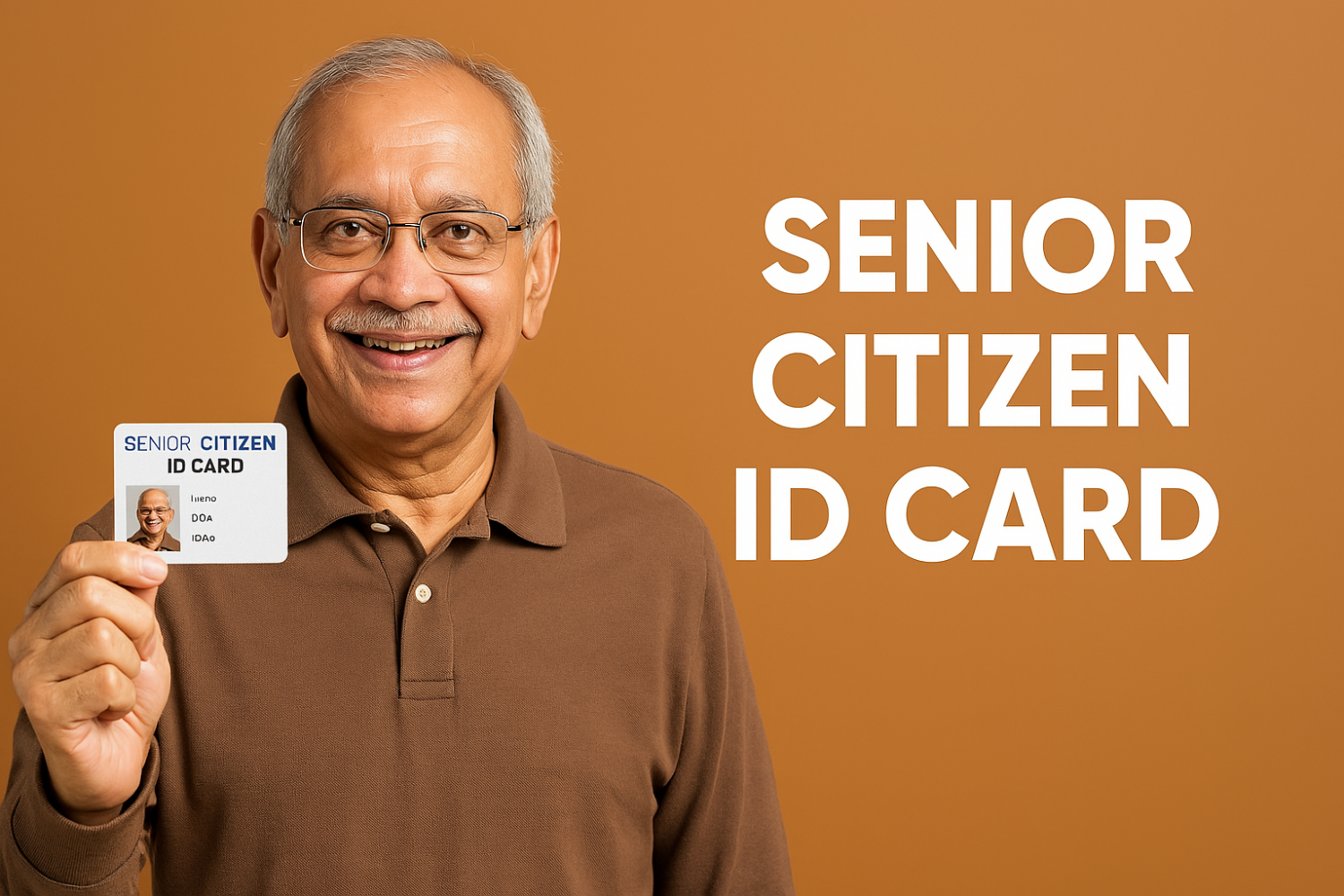



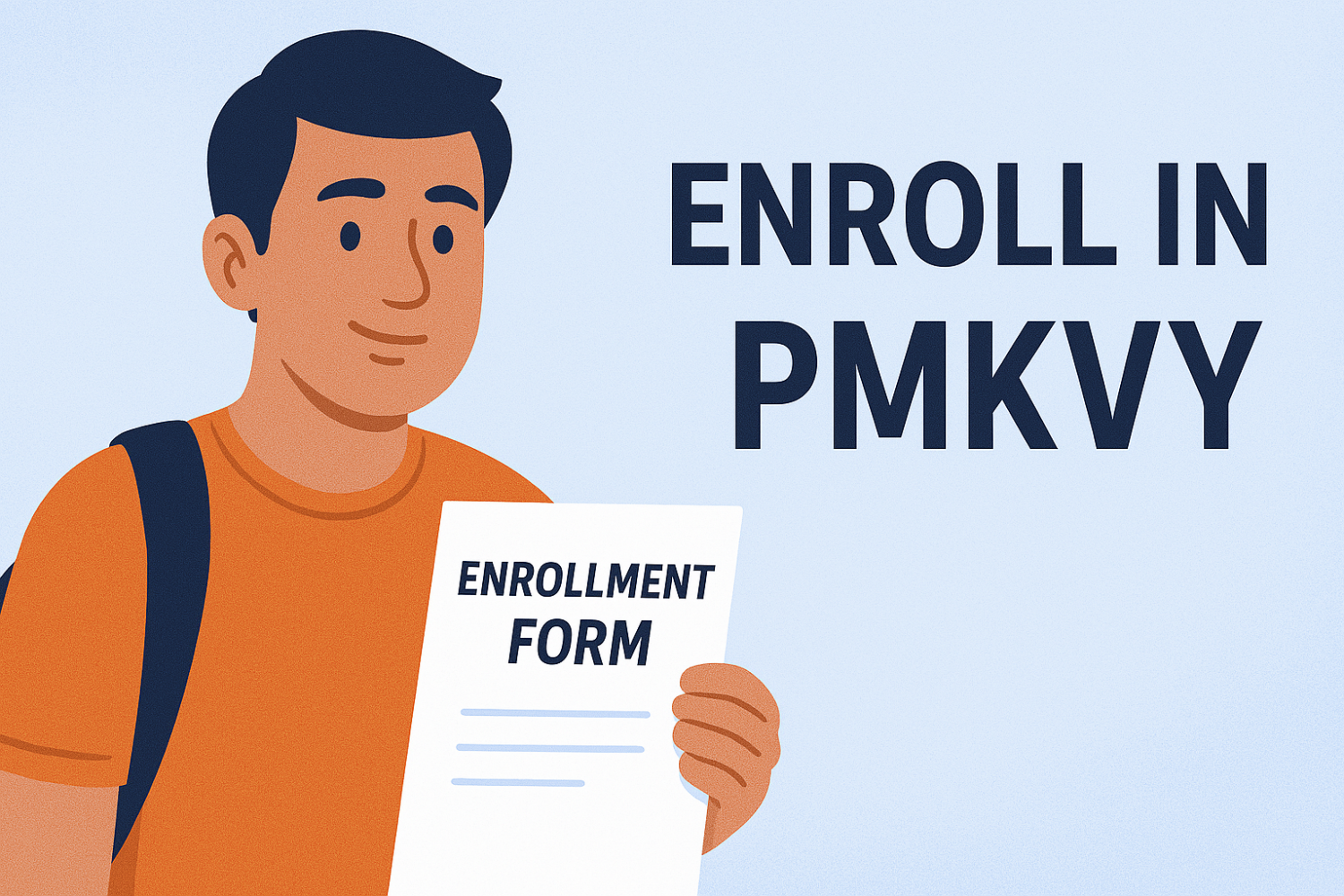

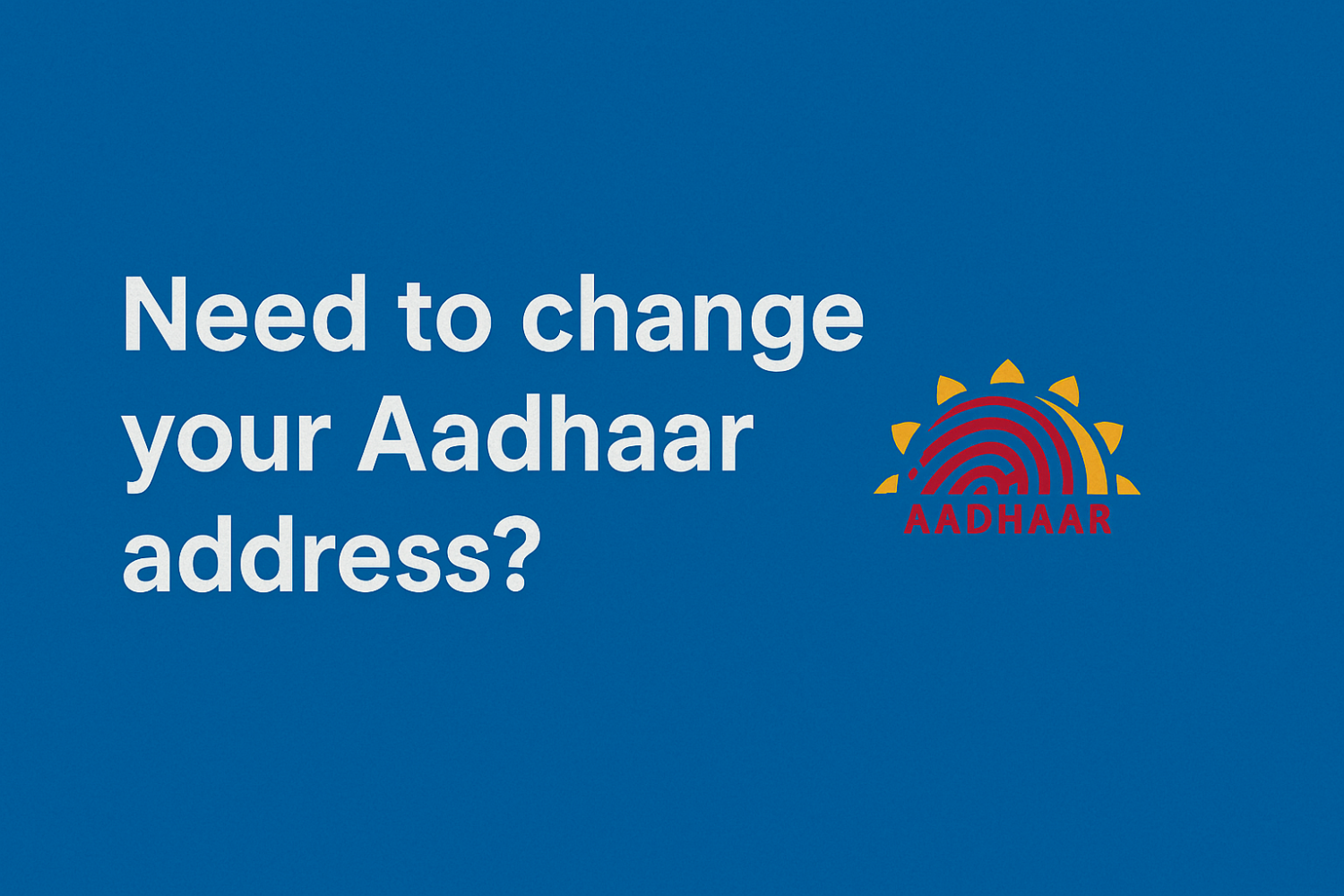
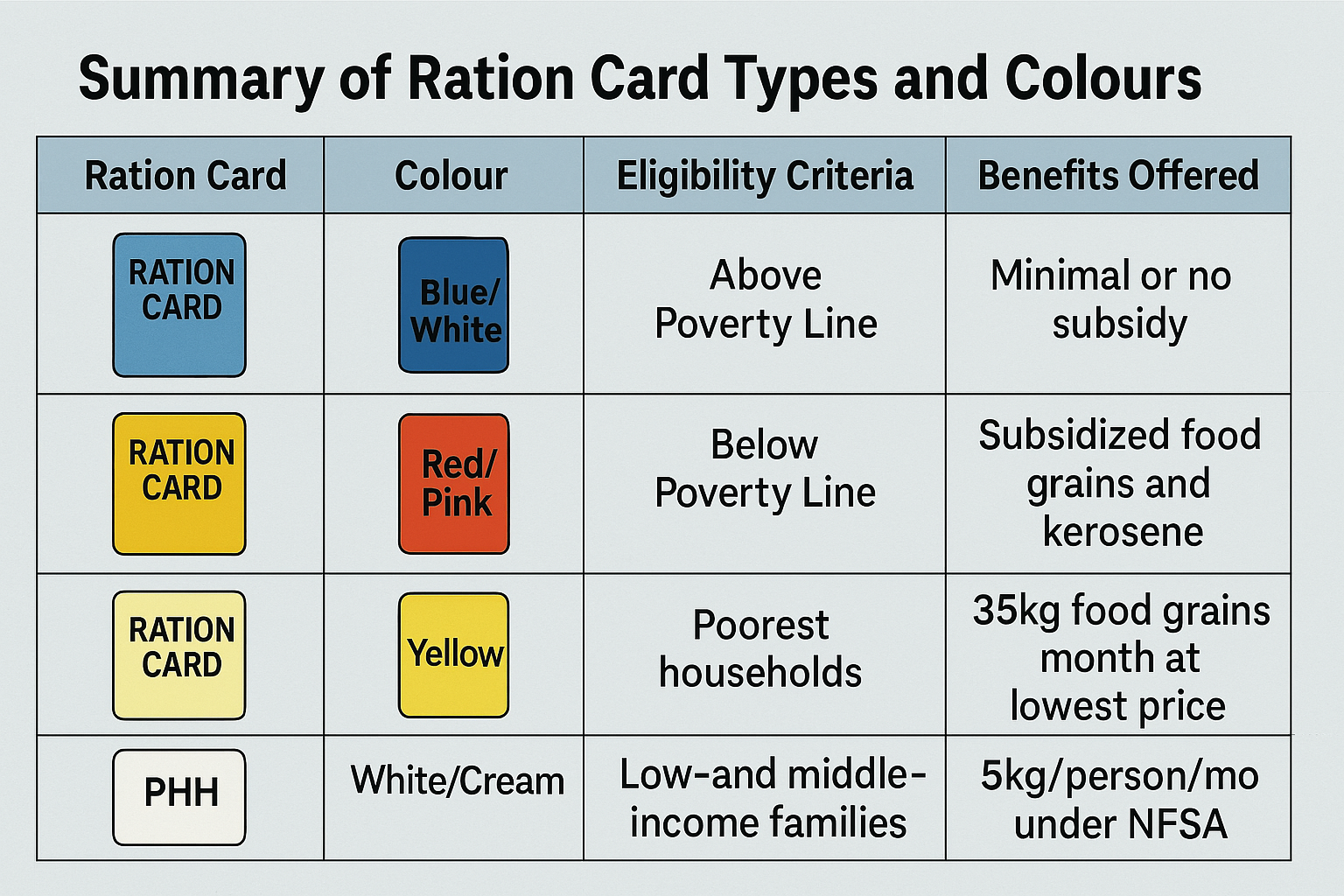
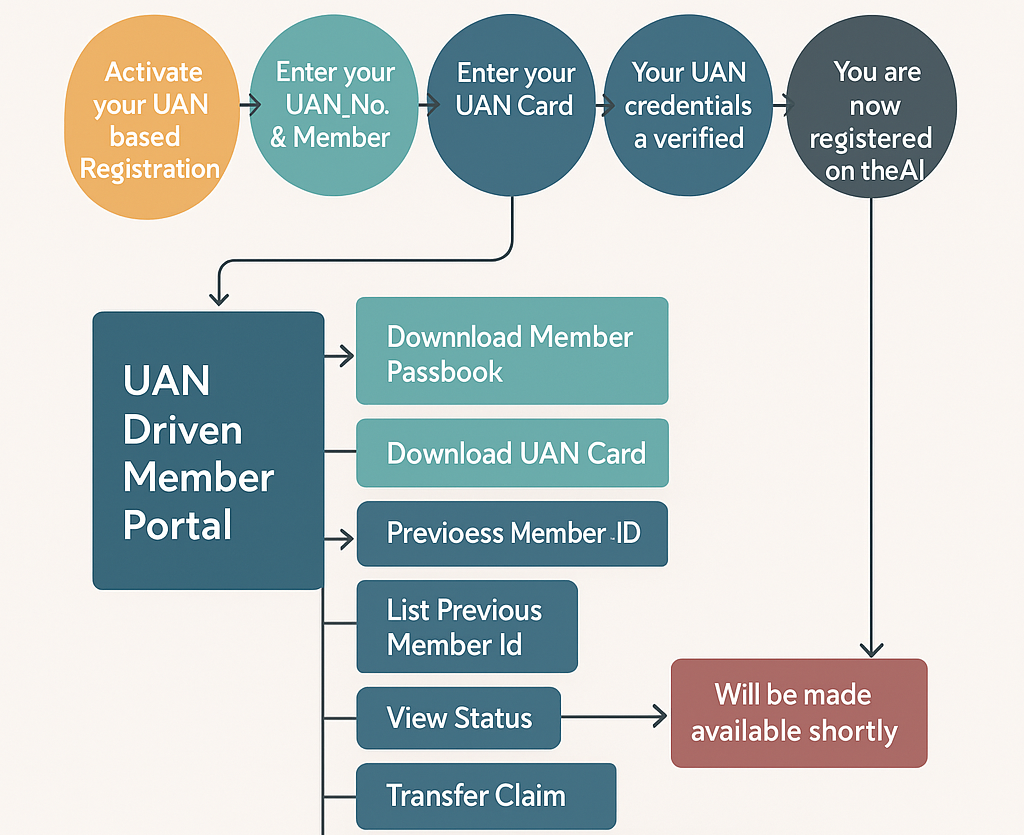



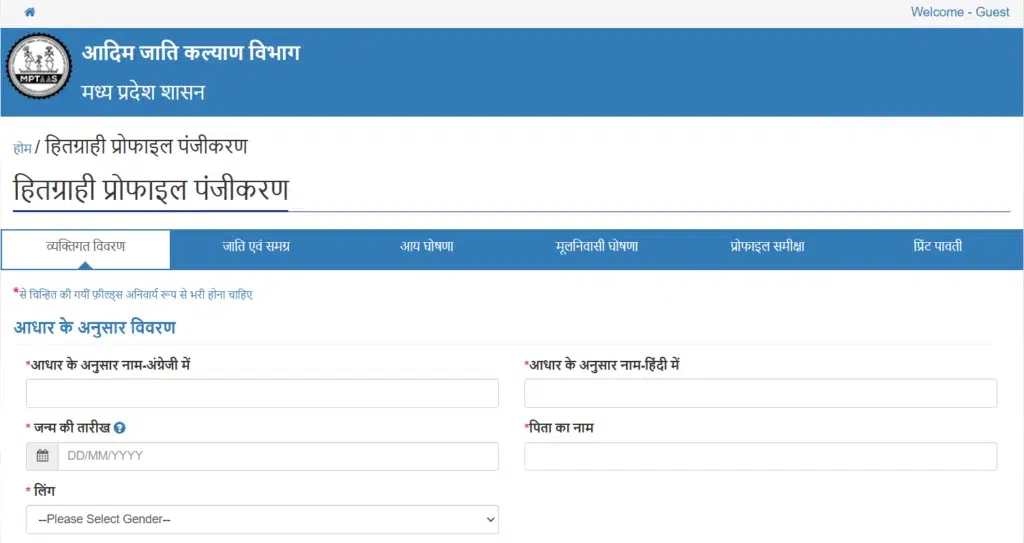






![12 Government Schemes Urban Poor Must Know About [2025 Guide]](https://indiansouls.in/wp-content/uploads/2025/05/image-1.jpg)


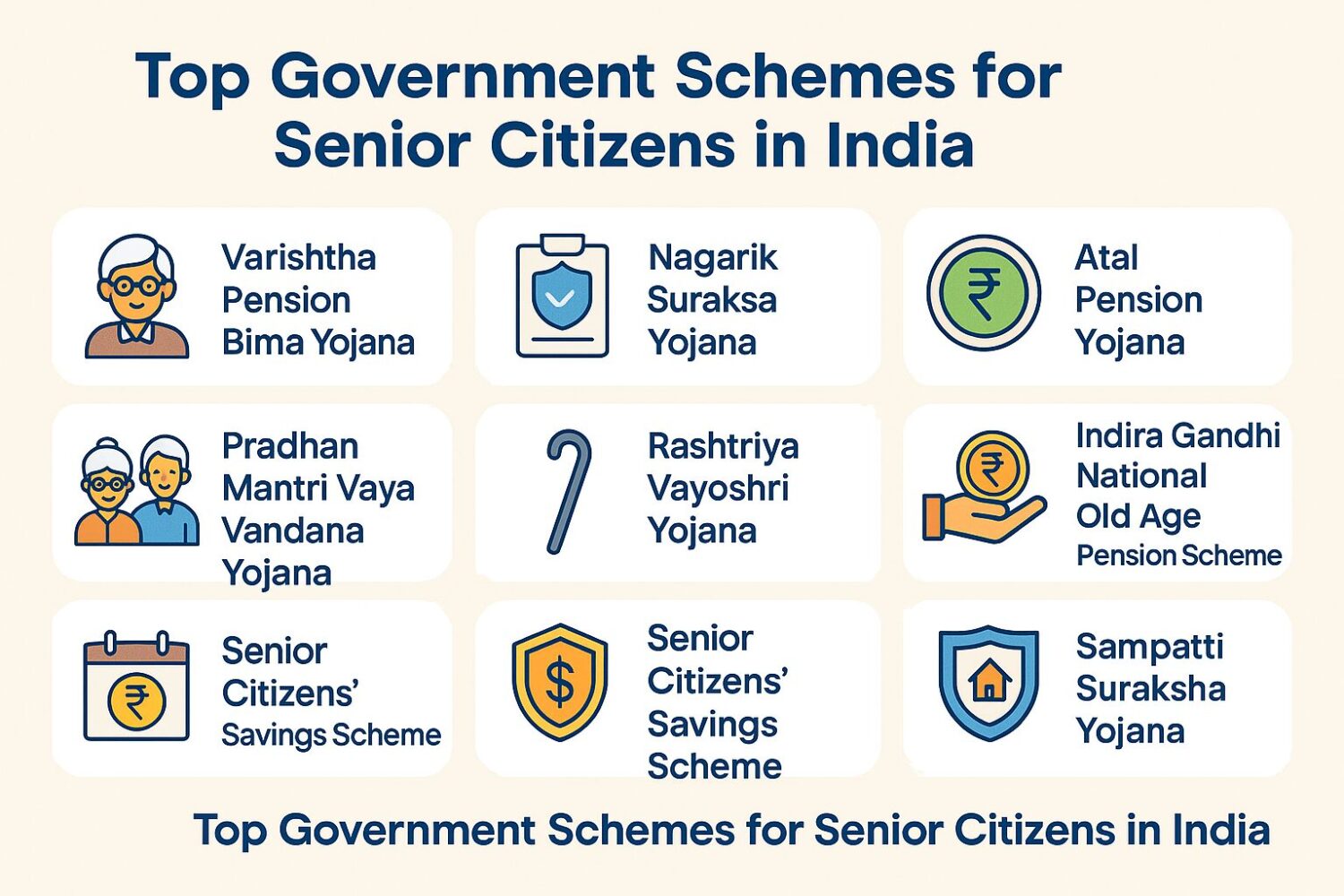
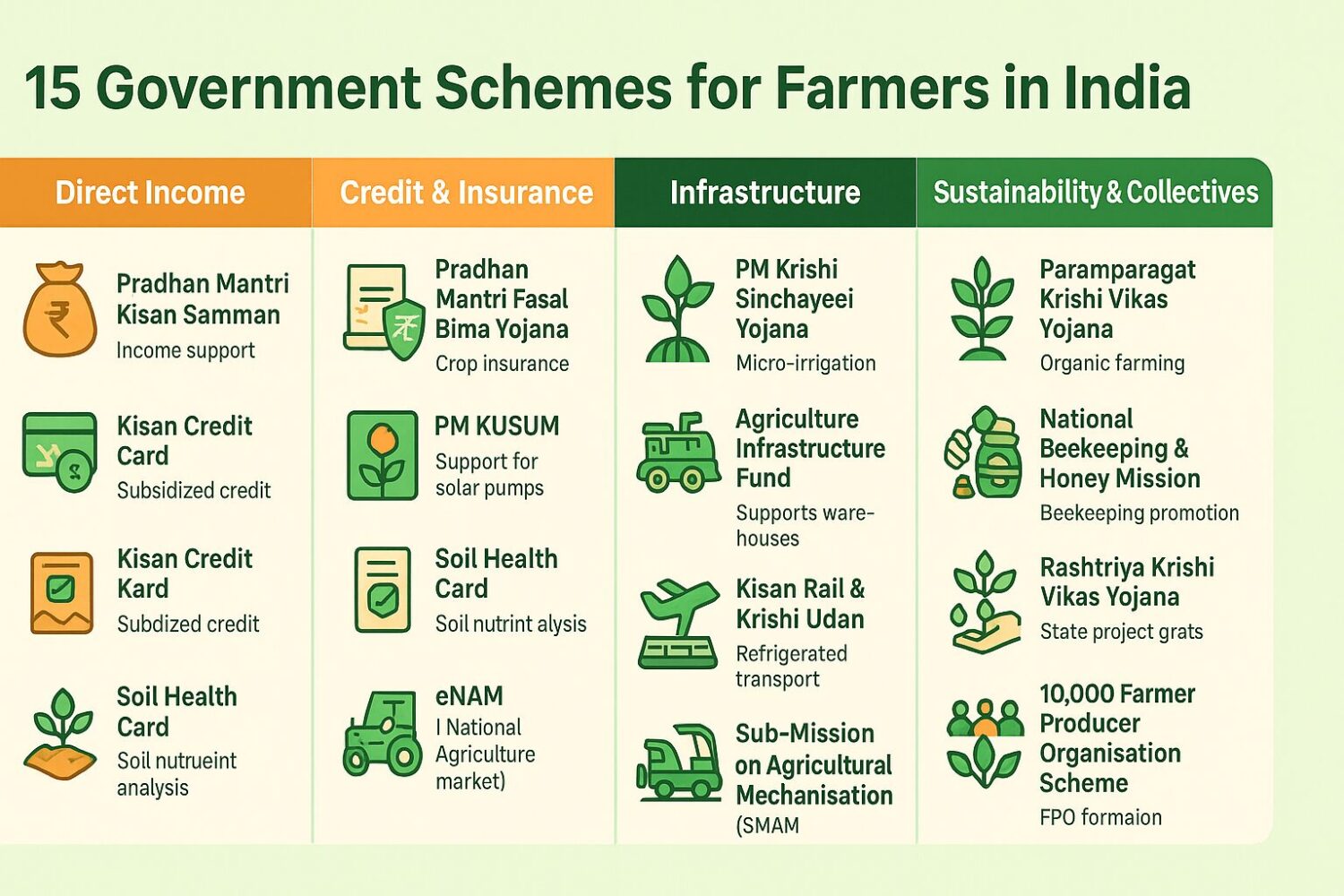
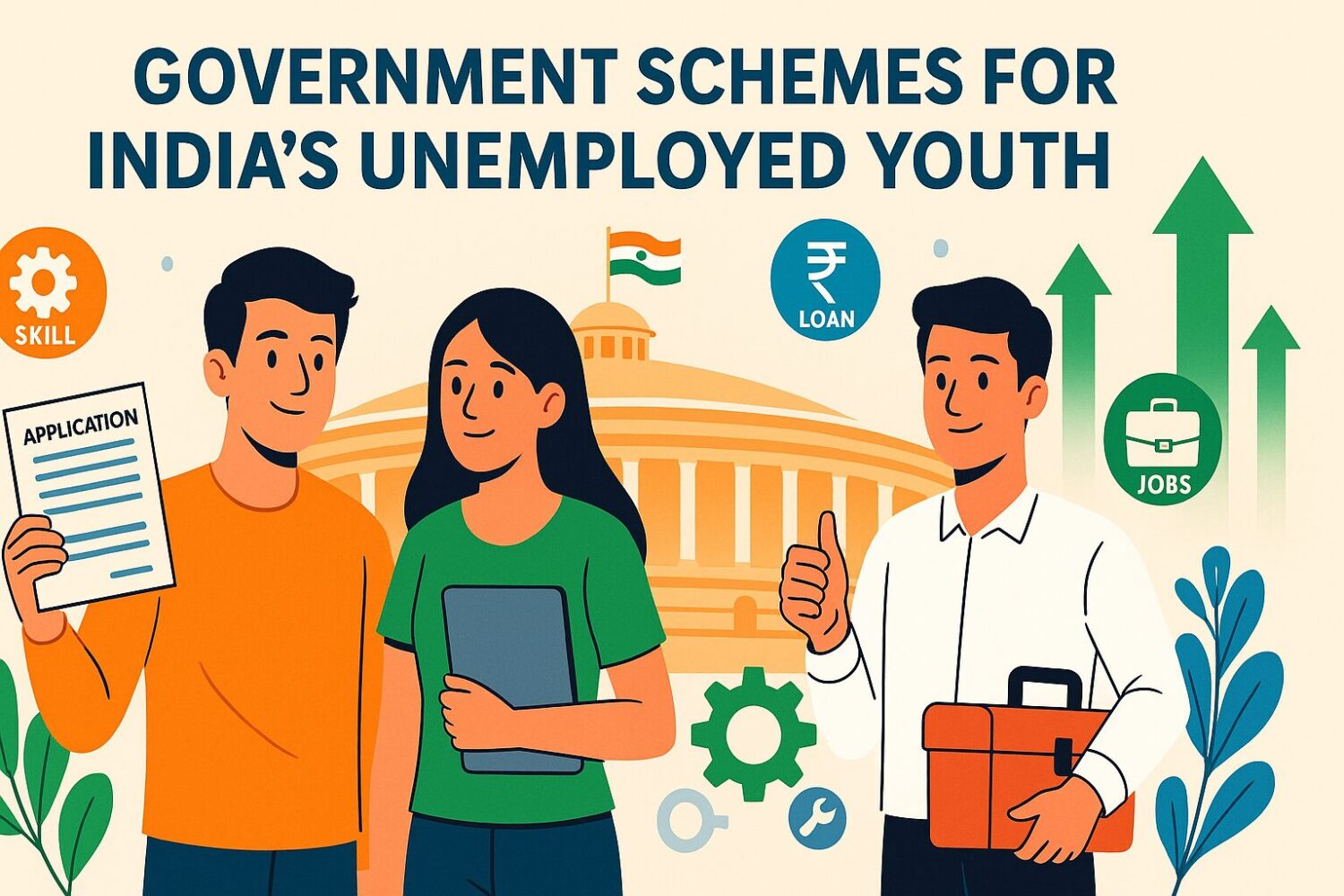

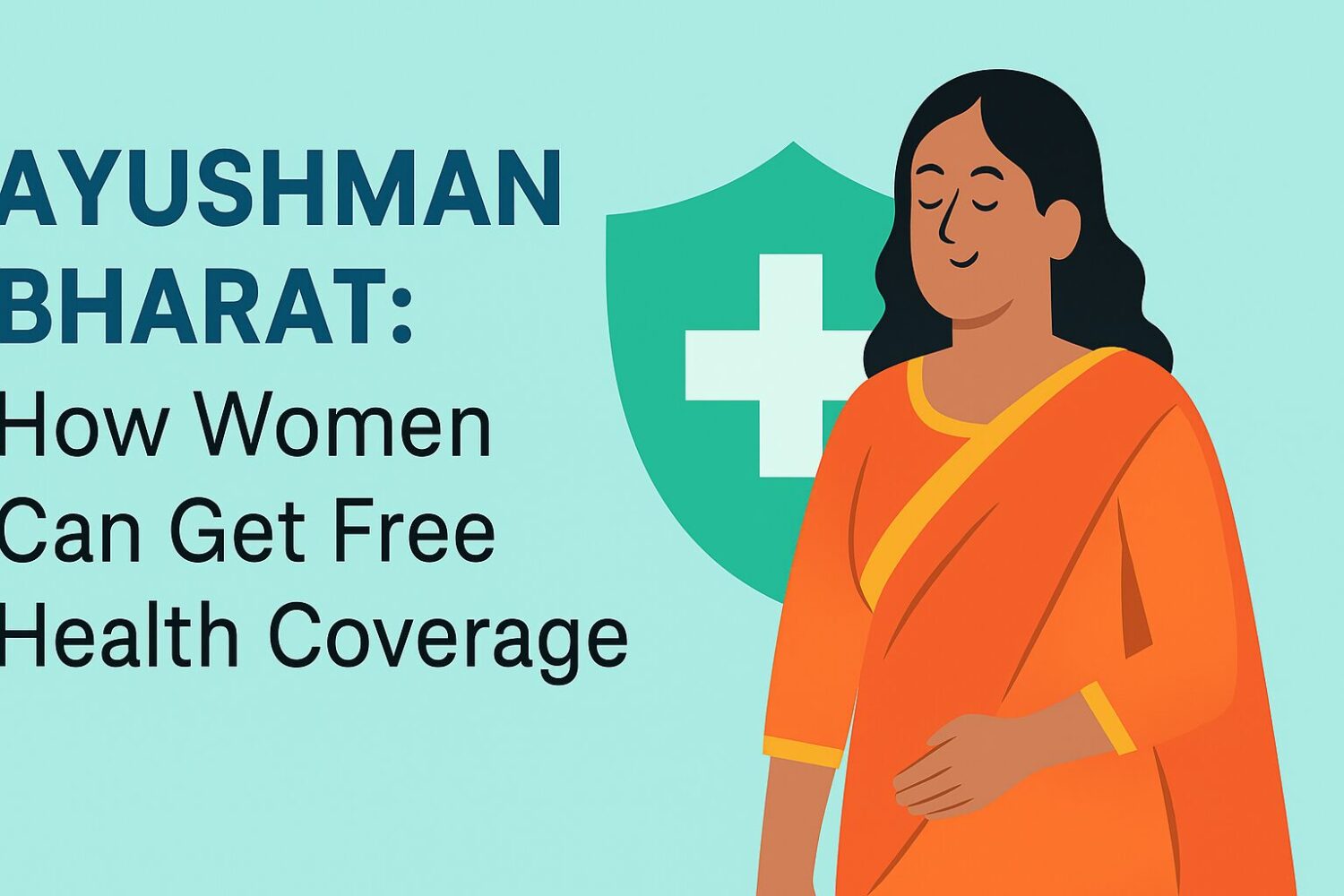
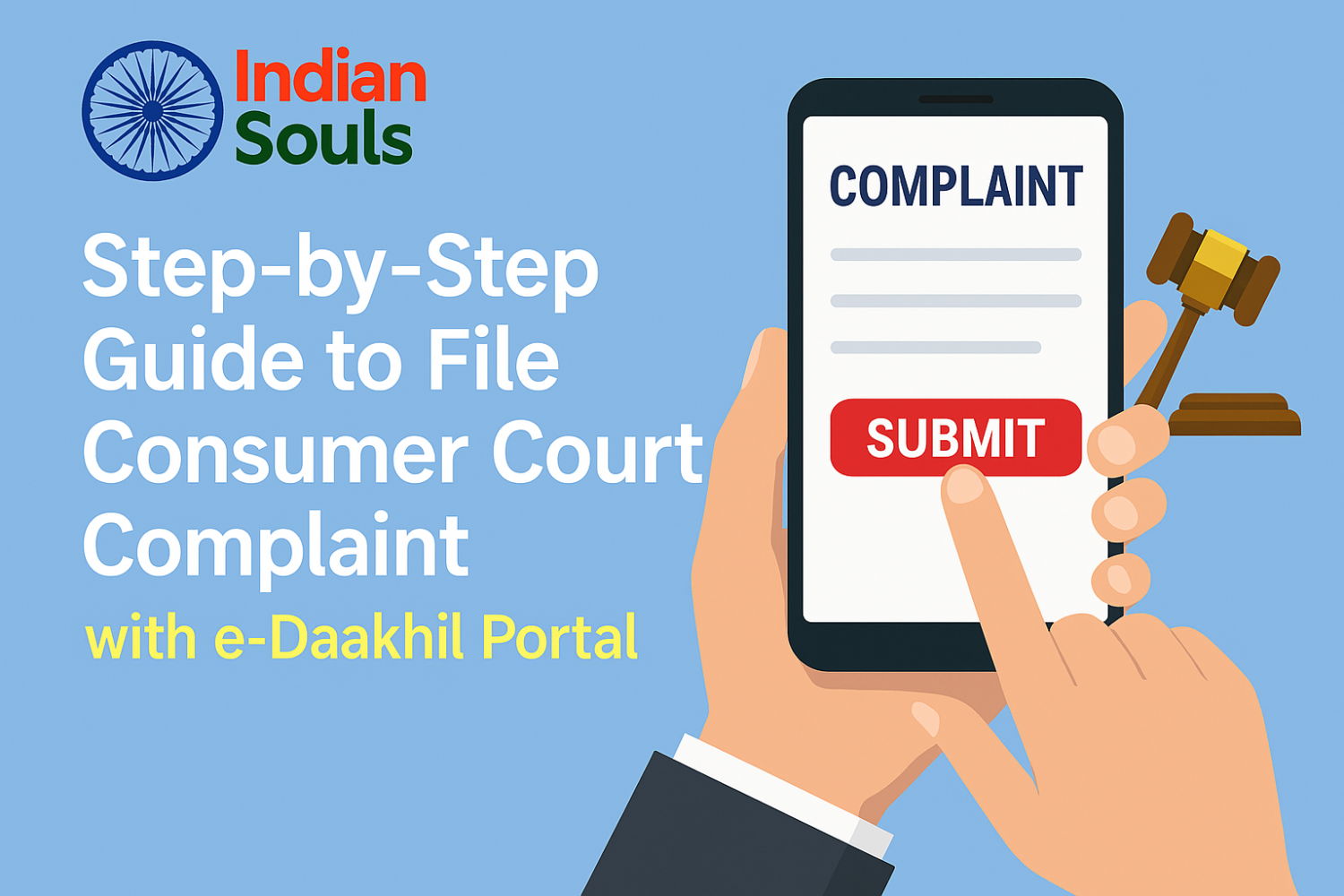

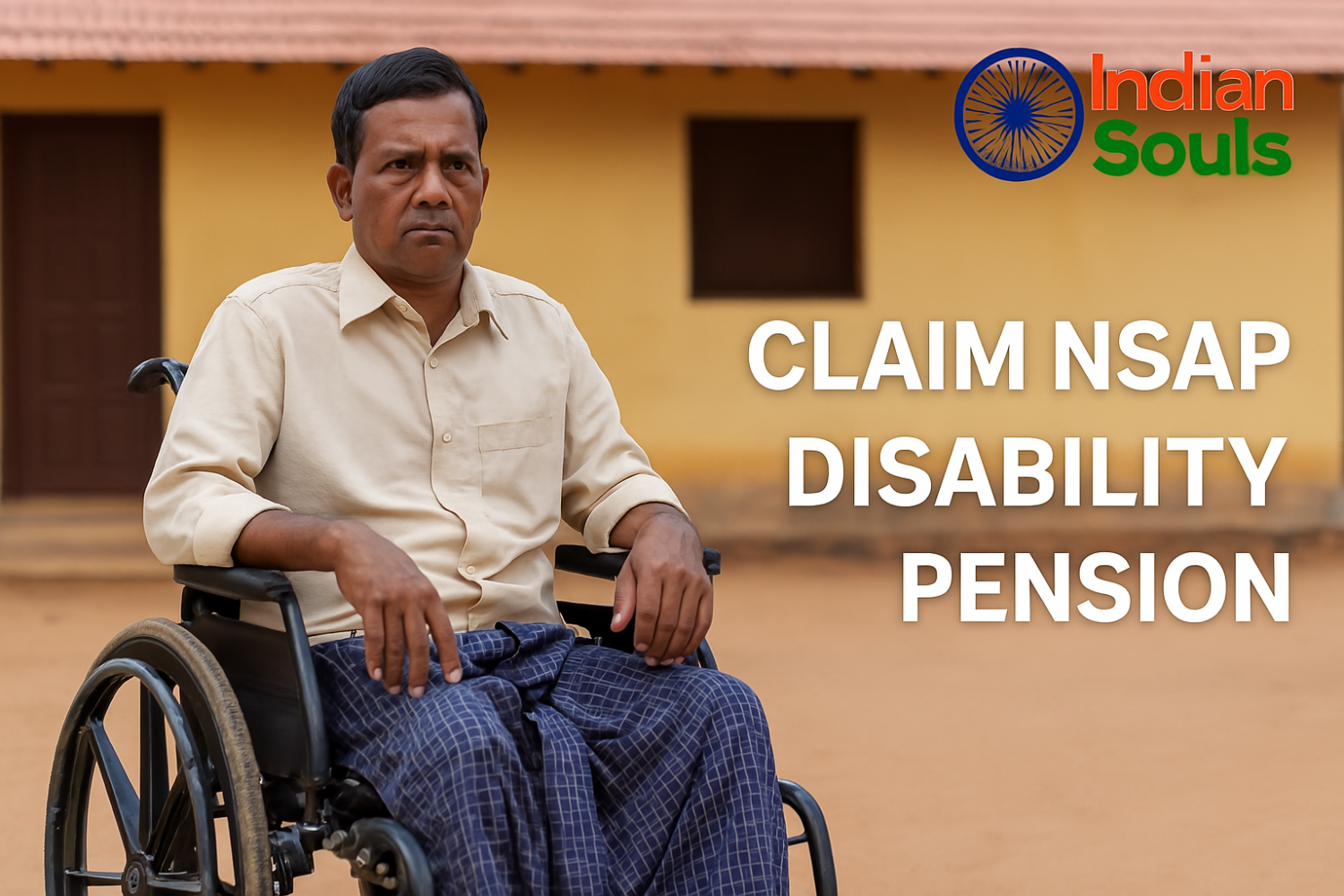

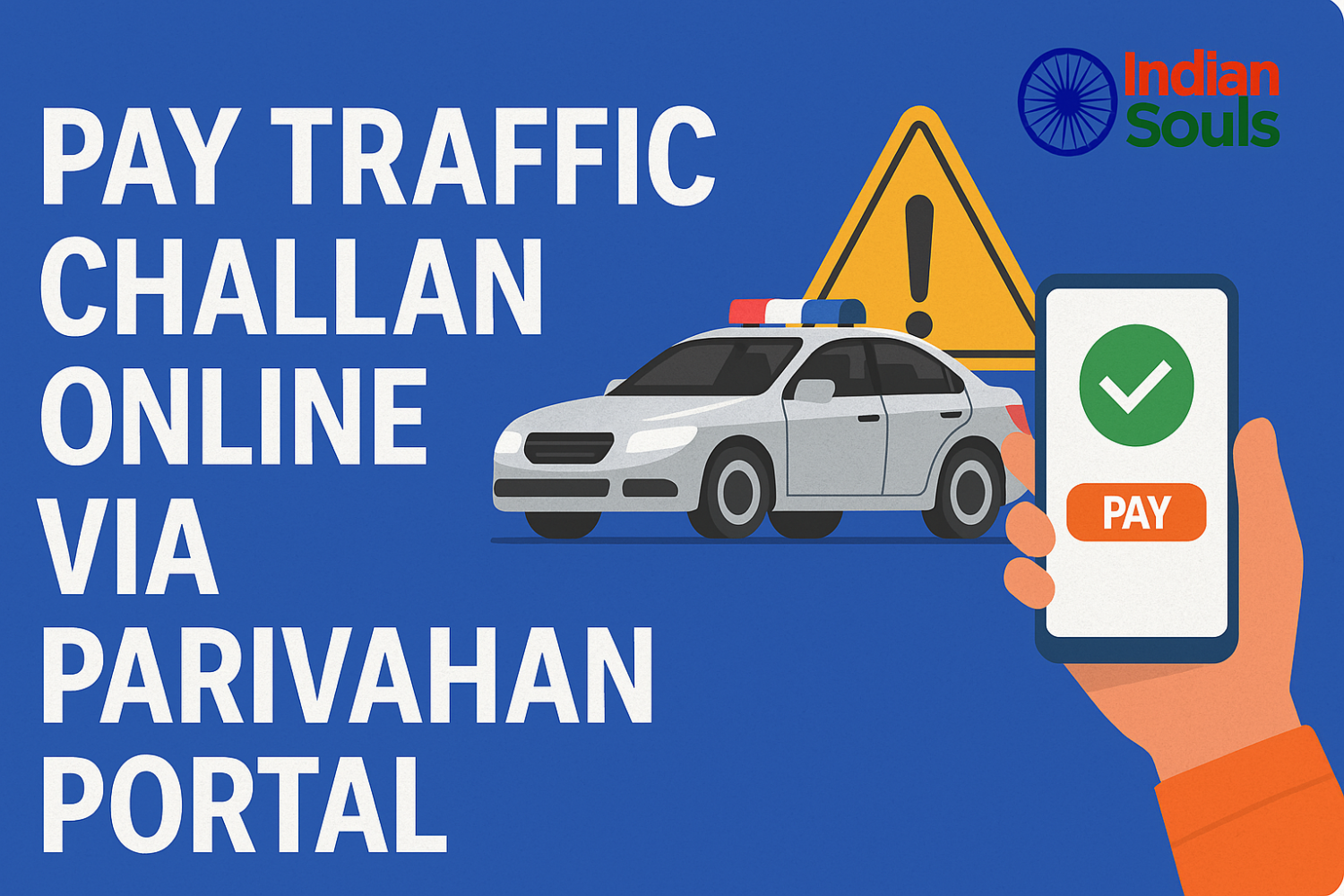
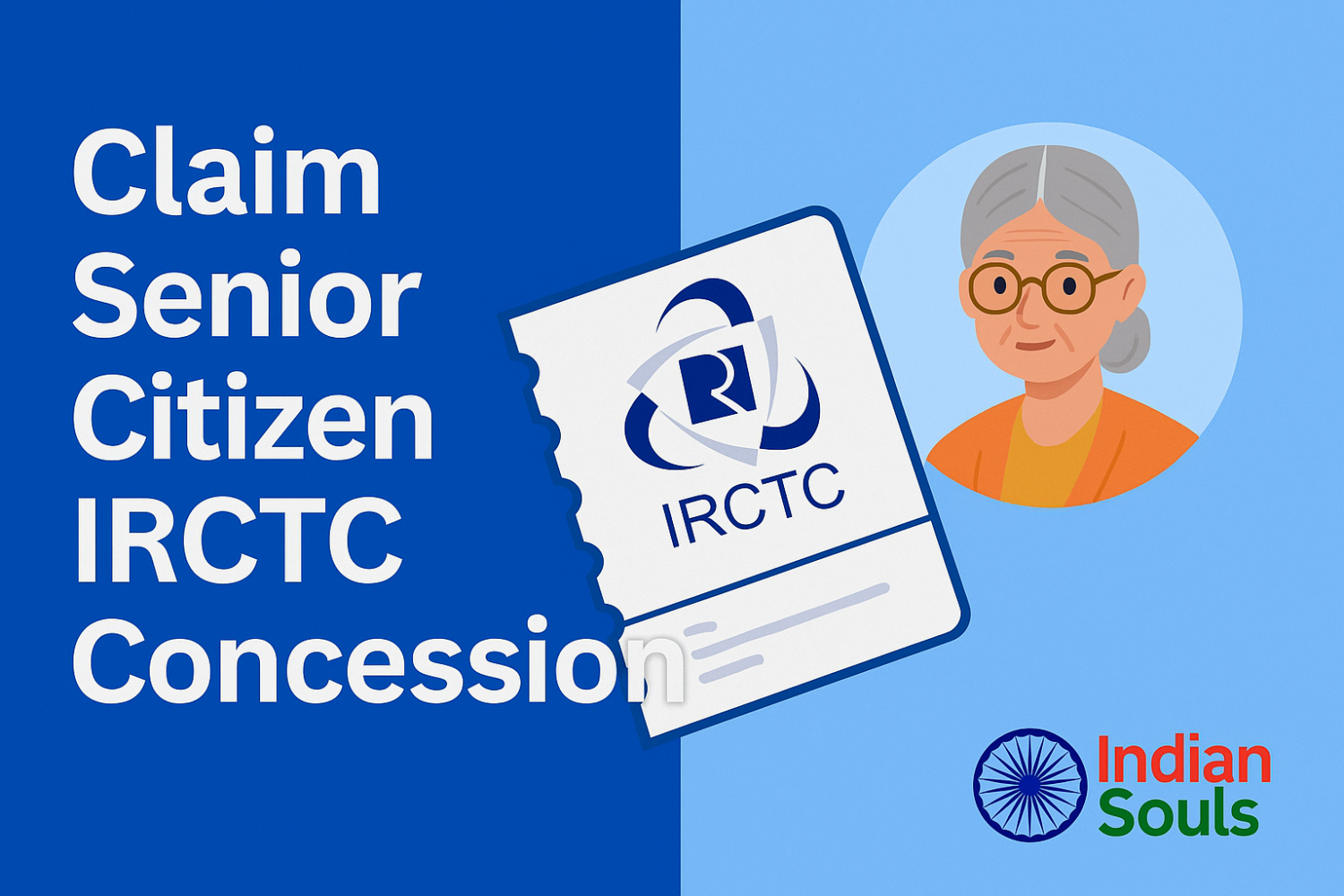

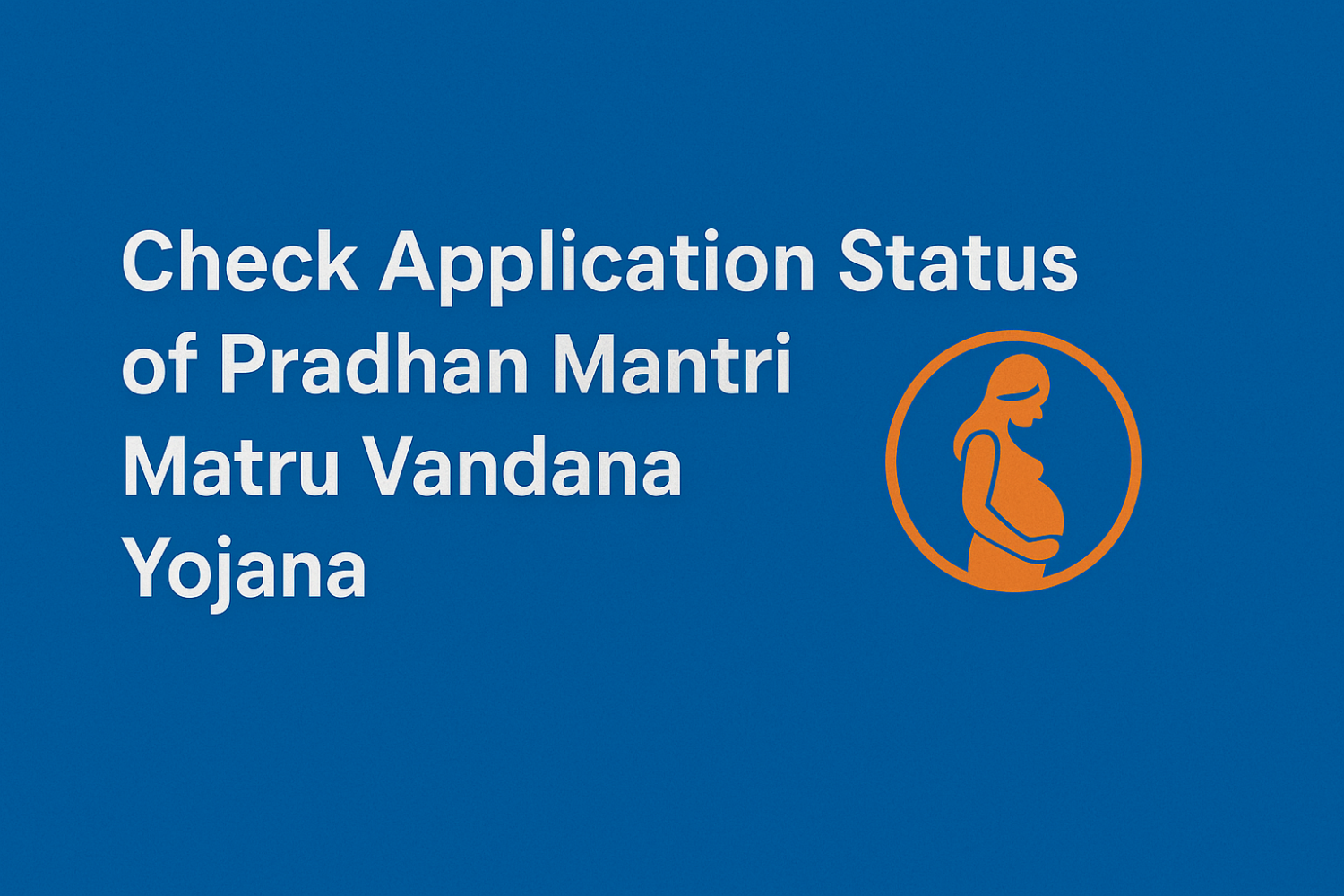


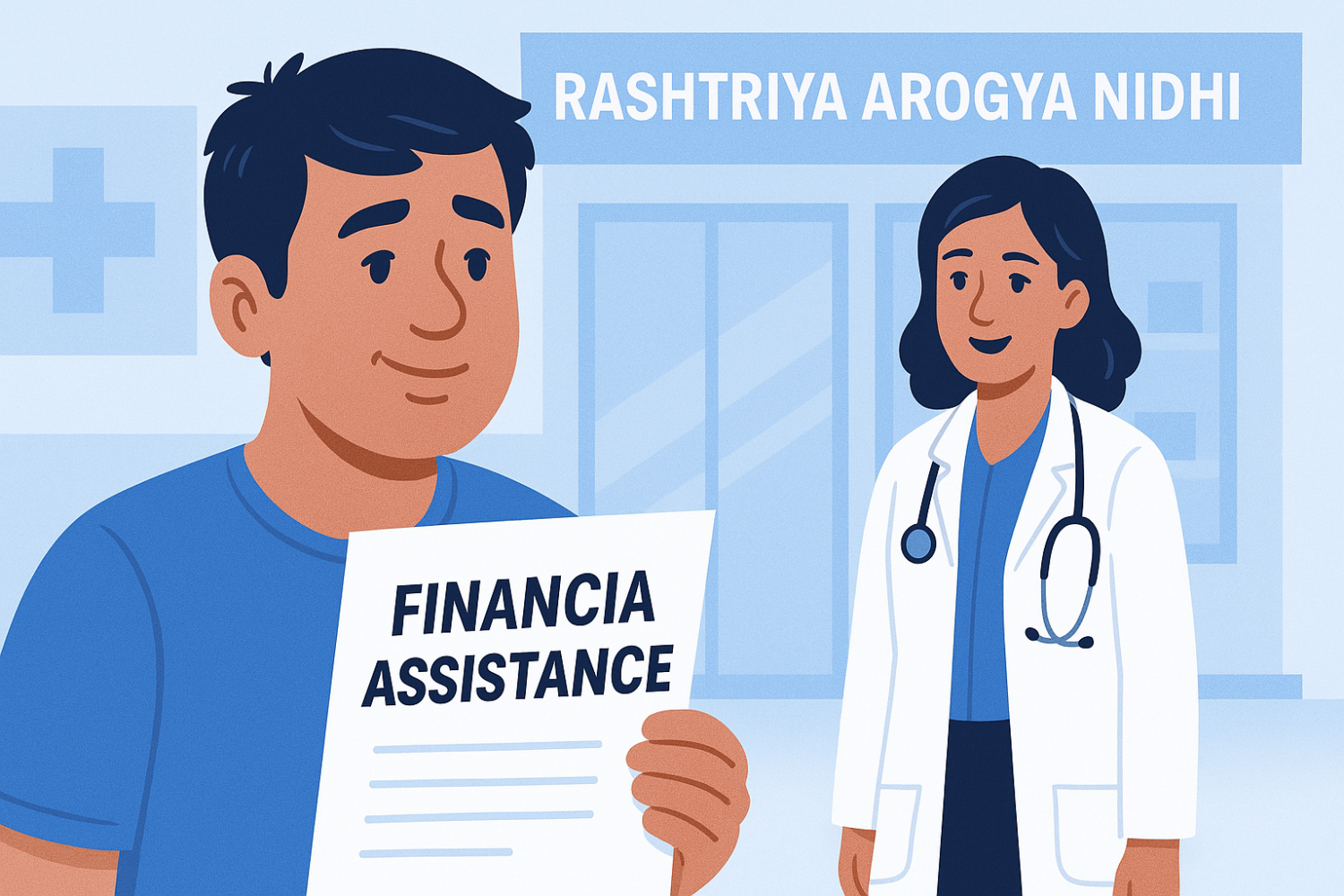


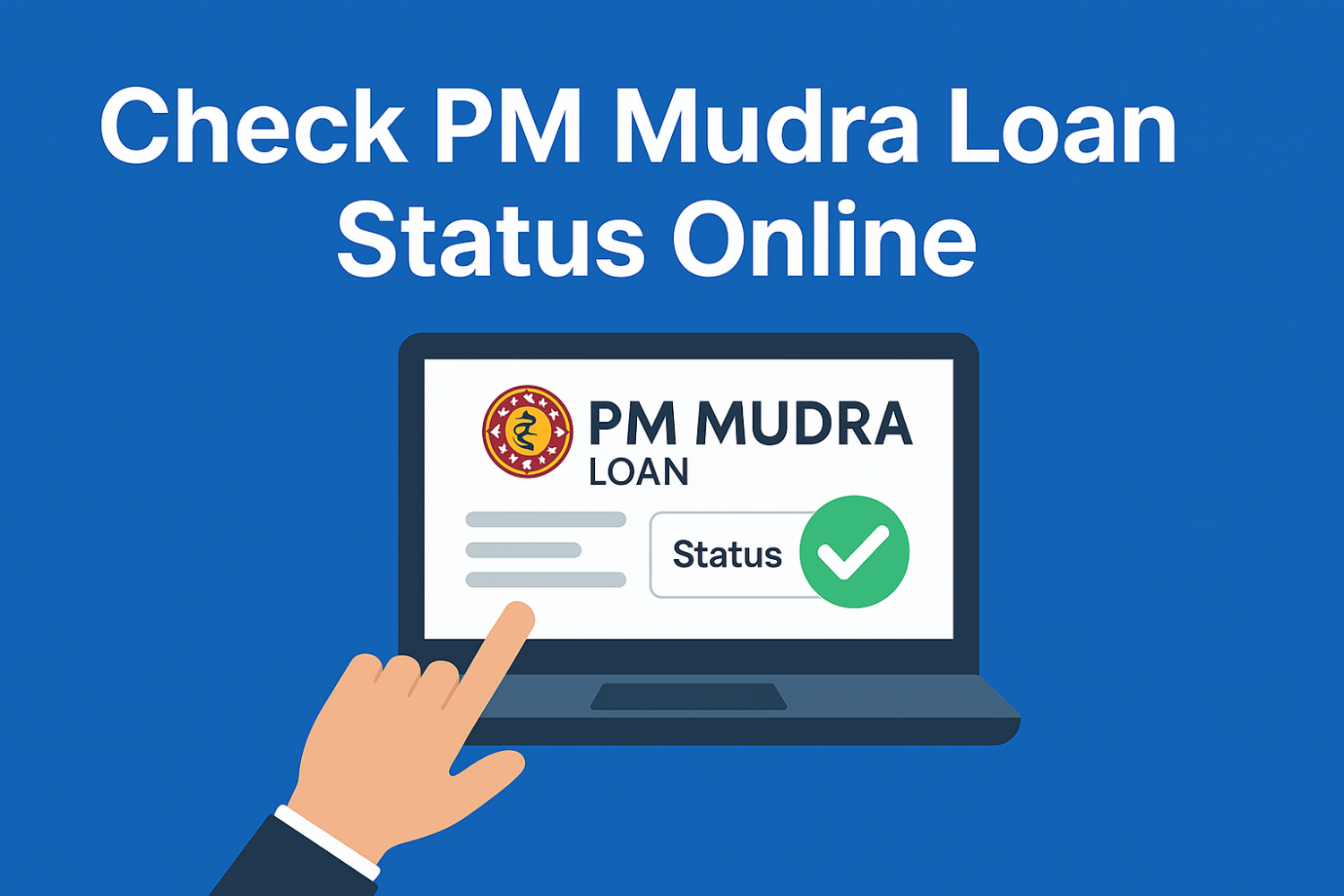

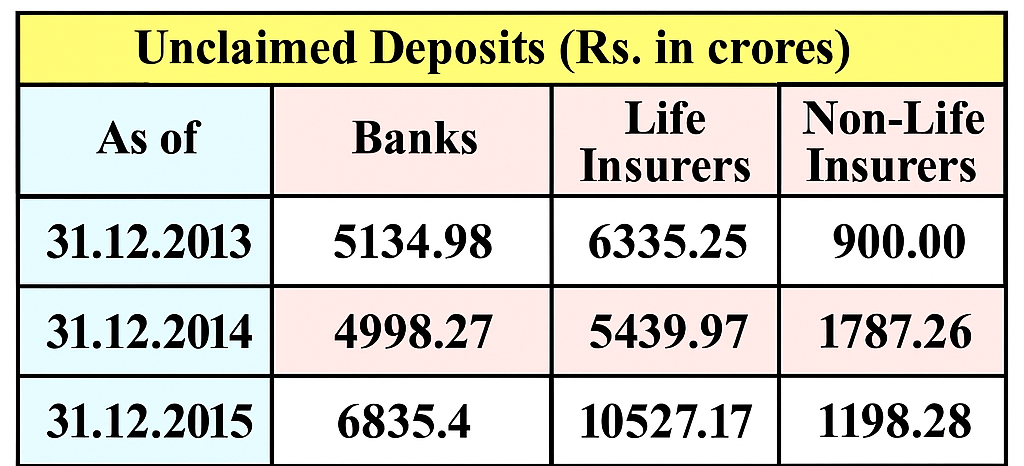
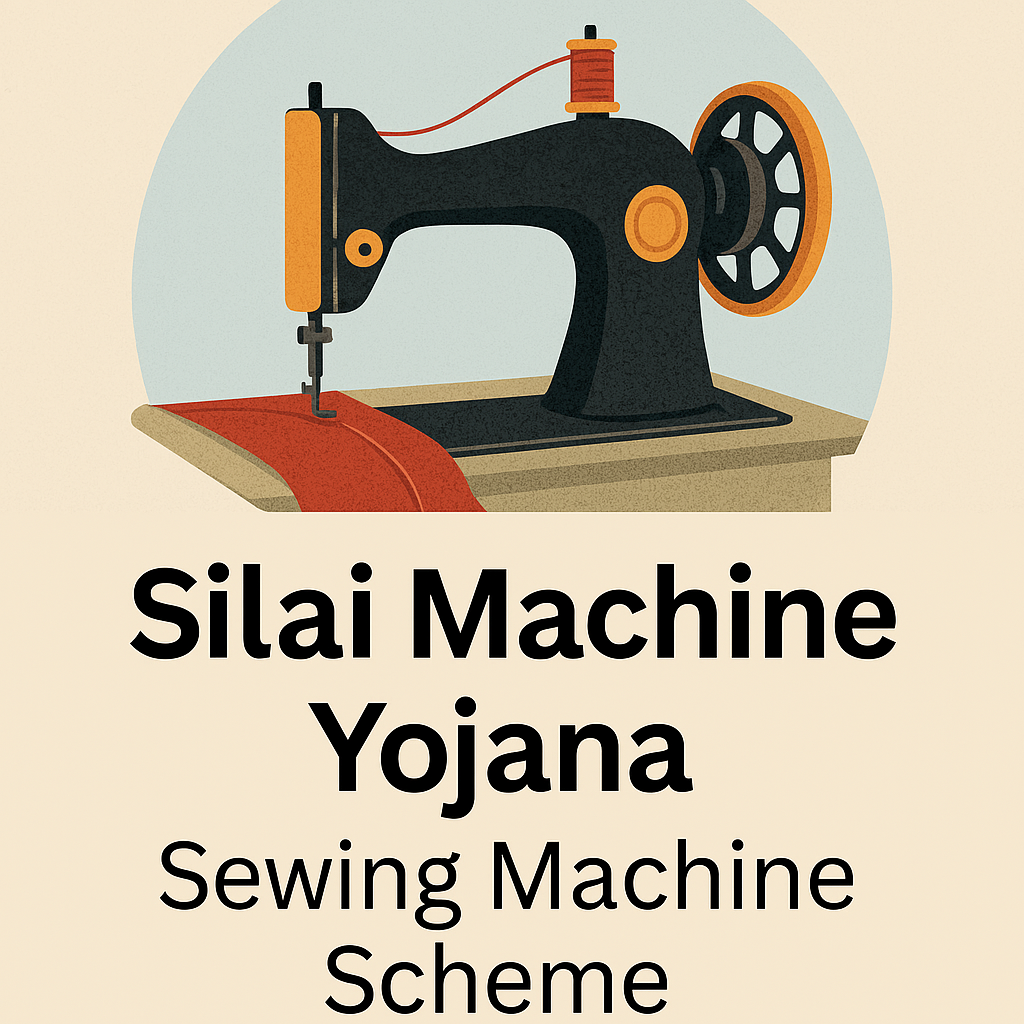


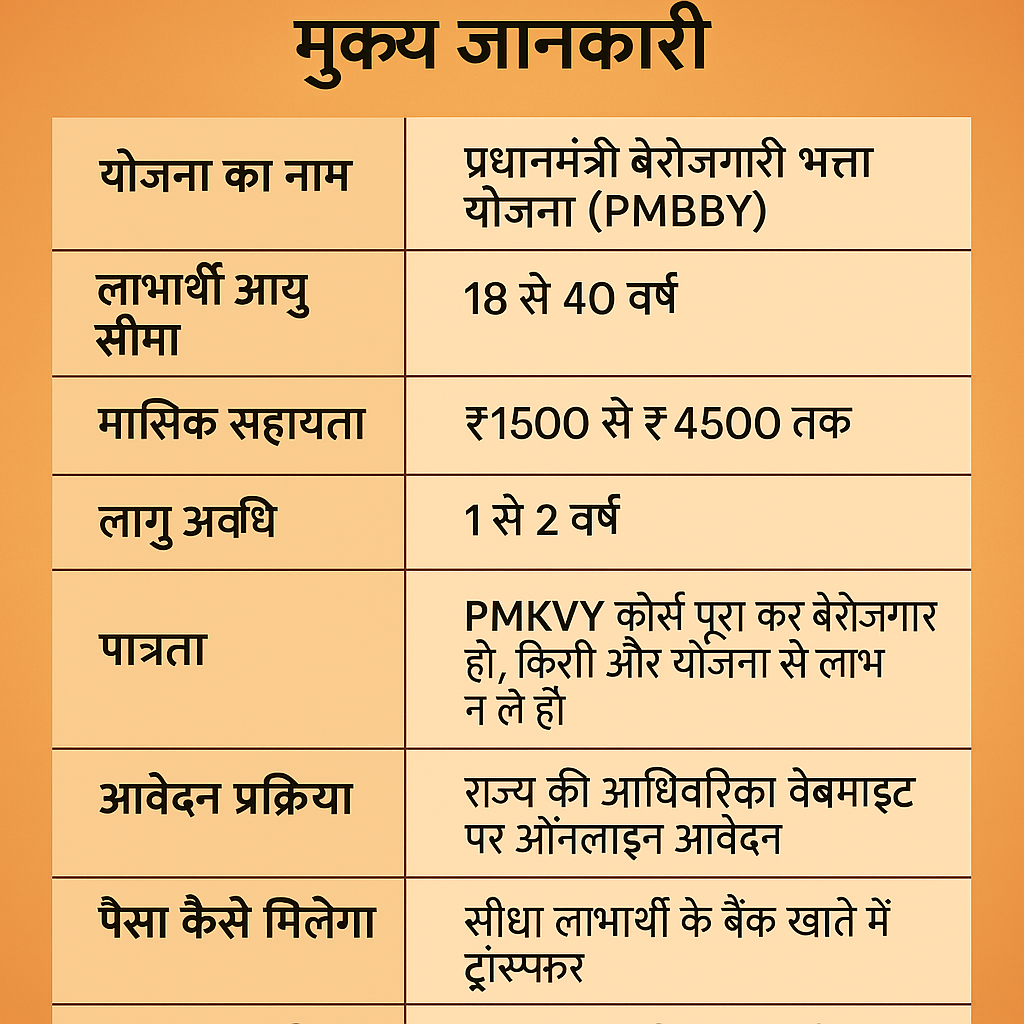
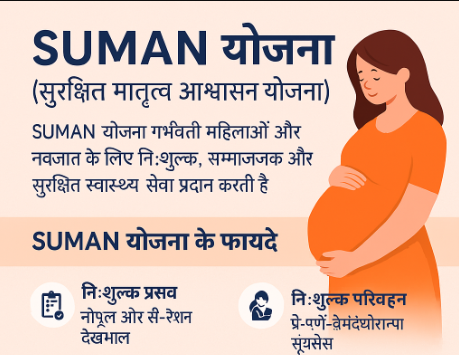




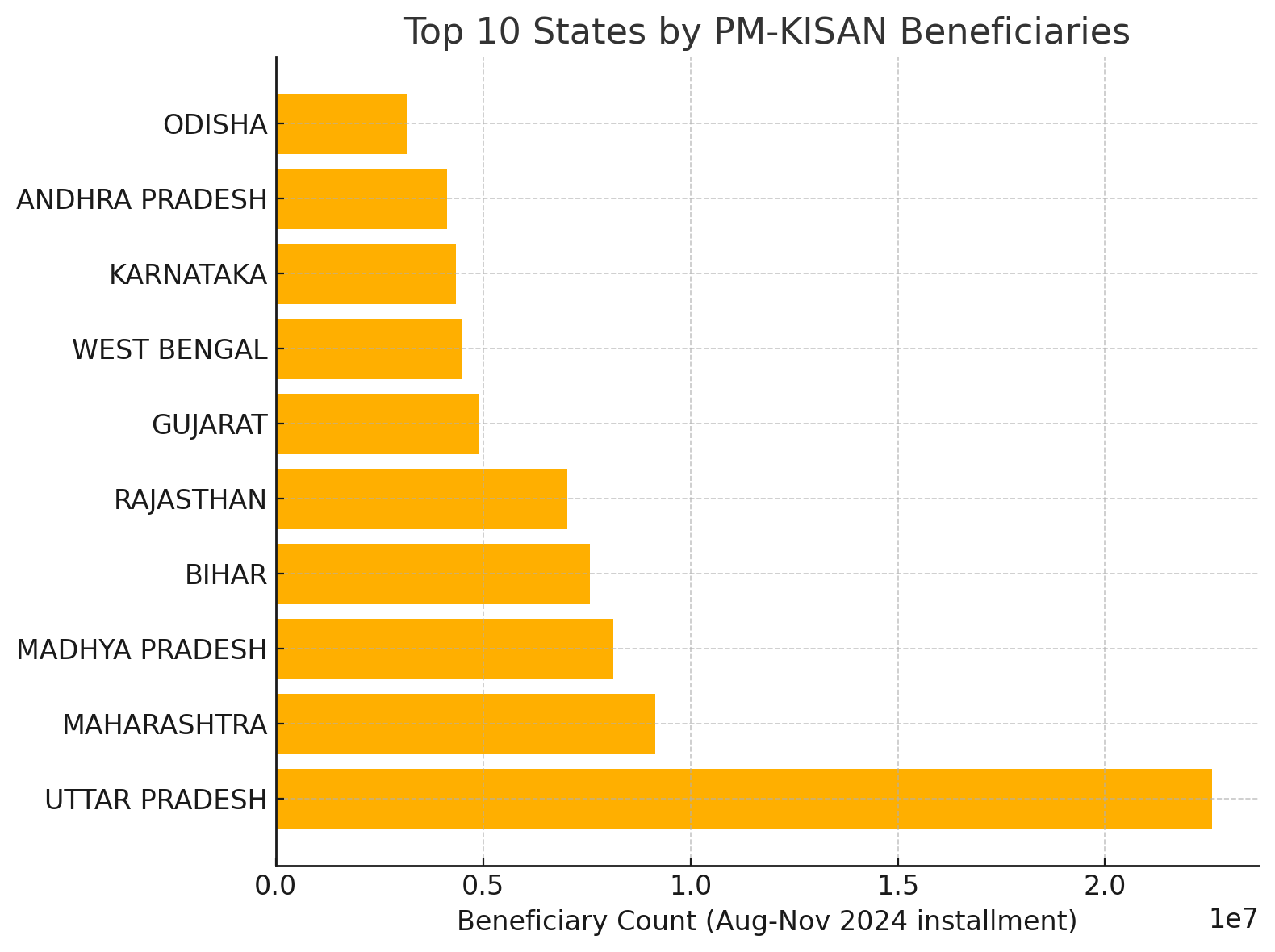
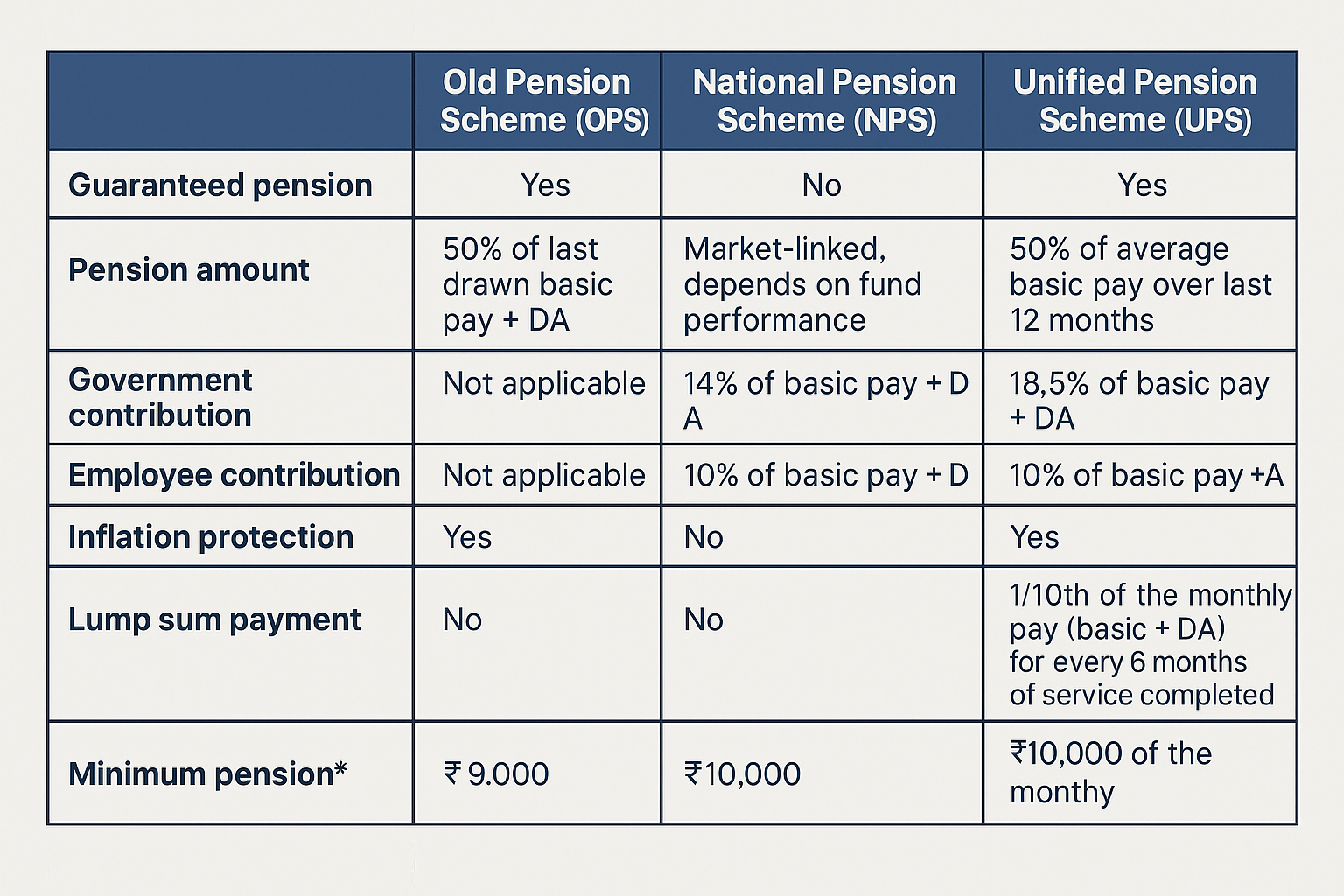






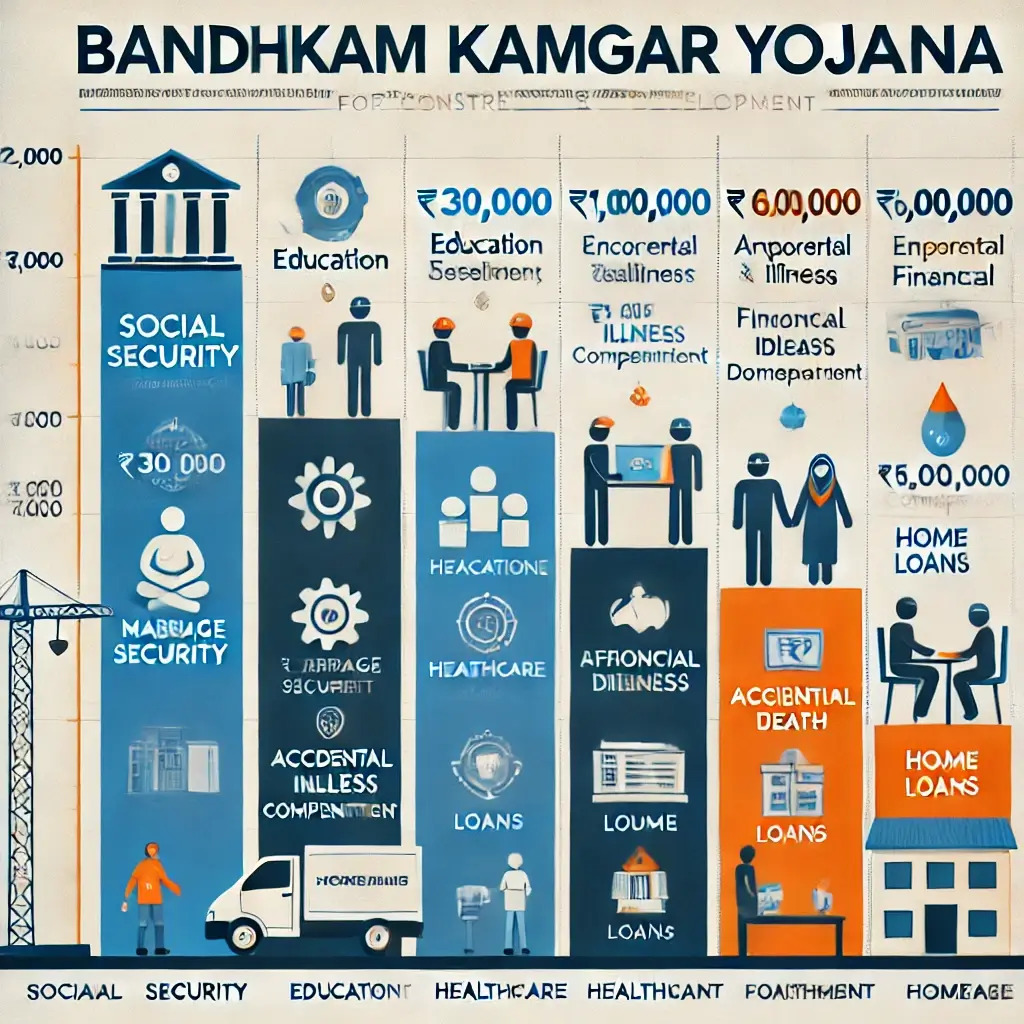

m7ezb2
cu5z2y